Adam Parker Smith, Alan Resnick, Anne Vieux, Ara Peterson, Ben Jones, Brian Bress, Caitlin Cherry, Cathrin Hoffmann, Clinton King, Emma Stern, Jeff Elrod, Jonathan Chapline, Josh Reames, Kara Joslyn, Maja Djordjevic, Matt Hansel, Michael Dotson, Morgan Blair, Otto Ford, Pedro Pedro, Rafaël Rozendaal, Rannva Kunoy, Robert Lazzarini, Robin F. Williams, Sven Loven, Takeshi Murata
The Hole is proud to announce the third installment of our ongoing curatorial project examining digital media’s impact on art making with Post Analog Studio. This show widens the previous focus on digitally-influenced painting to look more closely at digital video and sculpture with specific interest in CAD rendering and 3D modeling. From the massive wave-distorted fence sculpture by Robert Lazzarini to computer modeled porn-adjacent oil paintings by Emma Stern, this group includes twenty-six artists from established to emerging, pixels to paint to 3D printing.
The gallery continues the CYC studio curved walls from our past exhibition by Ry David Bradley to fill the entire space, installing this show in a seamless white room mimicking the studios where digital video and digital photography thrive. Designed to remove the wall seams and shadows to more easily edit the photos or videos in the computer, CYC studios’ creepy seamlessness can be disorienting. The gallery recedes and the artworks float here in the non-space of the cyclorama, mimicking the digital space in which most of these artworks were conceived.
Takeshi Murata’s work, above, is a complete computer fabrication, not an alteration or adjustment of reality but a fully invented image where every detail springs into digital life from nothingness. In a program made by humans, how is the structure of the program part of the art that shapes the reality? Emma Stern creates sexy images of avatars in a 3D program whose structure shows an inherent bias in how the tools and settings tend towards making pornographic women, highlighting how the programming in 3D tools contain the flaws and limitations of the humans who program them. Alan Resnick includes a 3D animation Johnny Bubble, whose playfully rudimentary modeling belies dark themes of isolation and death. We shape programs that shape reality that shapes programs, and on and on it goes.
The paintings in this third post-analog show are mostly abstraction: Anne Vieux and Rannva Kunoy make abstract paintings suggestive of the screen, whether the smeared marks of fingers swiping a phone surface or the refracted light off an optical scanner. Otto Ford includes a piece focused on how an analog brush gets translated into the various brush settings of Photoshop, Jeff Elrod includes a piece that completely blurs out the brush tool, while Clinton King uses an actual foam brush to make an insane Illustrator-style thicket of gradients. Ara Peterson’s immersive wall relief uses CNC-routed slats to carve out beautifully intersecting sine curves of color, and Rafaël Rozendaal weaves a proliferation of colored browser windows from programs and websites he codes.
I want to say a wee bit about each of the amazing artists included but you will have to come to the gallery to see the full story; twenty-six artists whose diverse works capture the diverse experiences of artists working with technology or influenced by its structures or aesthetics—a huge topic of course that arguably needs must include all art making today, as even if an artist is choosing to eschew technology that Luddism is a response to it as well. Sorry but maybe everyone is trapped in a post-analog mode, whether they want to be or not.
Email sales@thehole.com for more information.
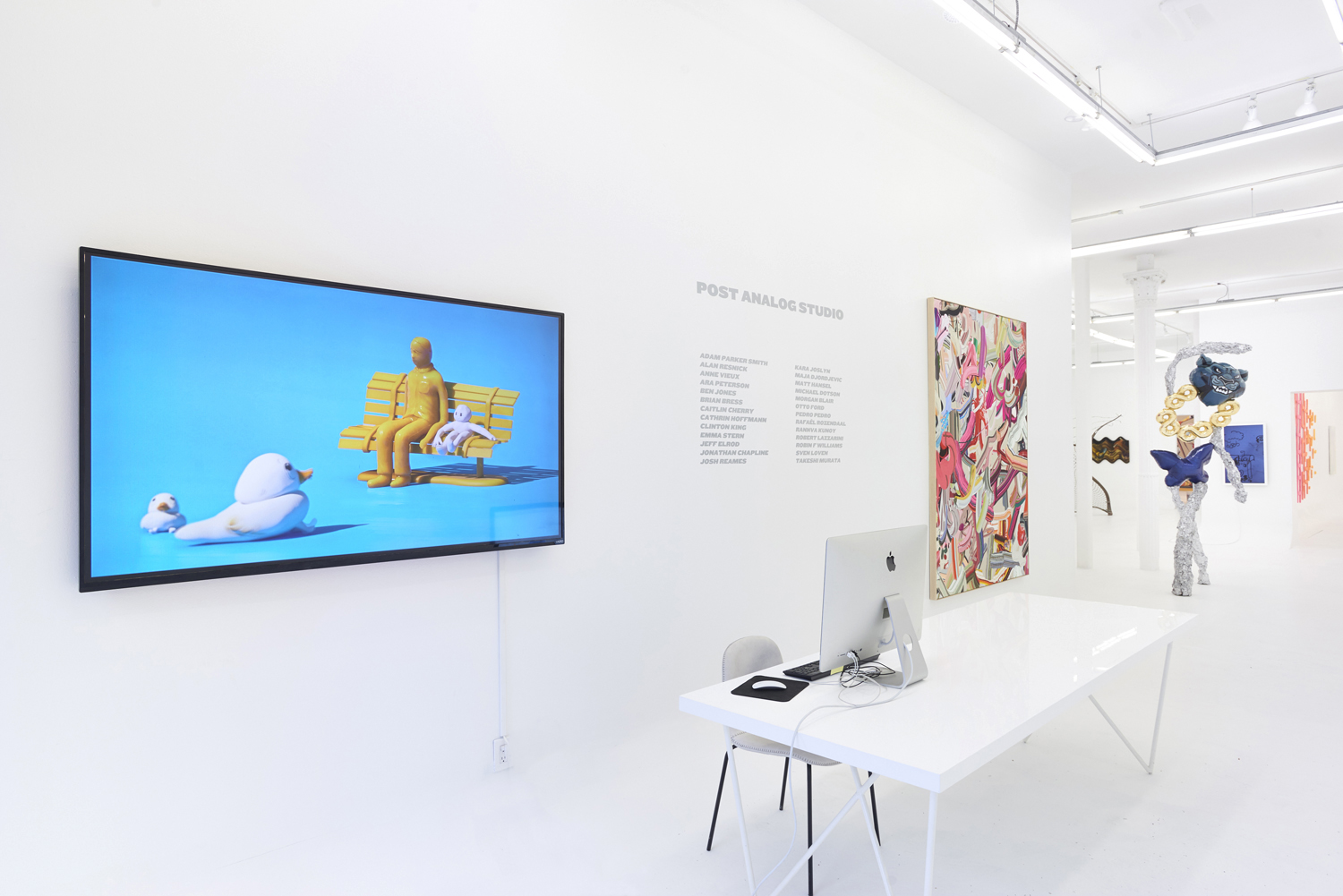
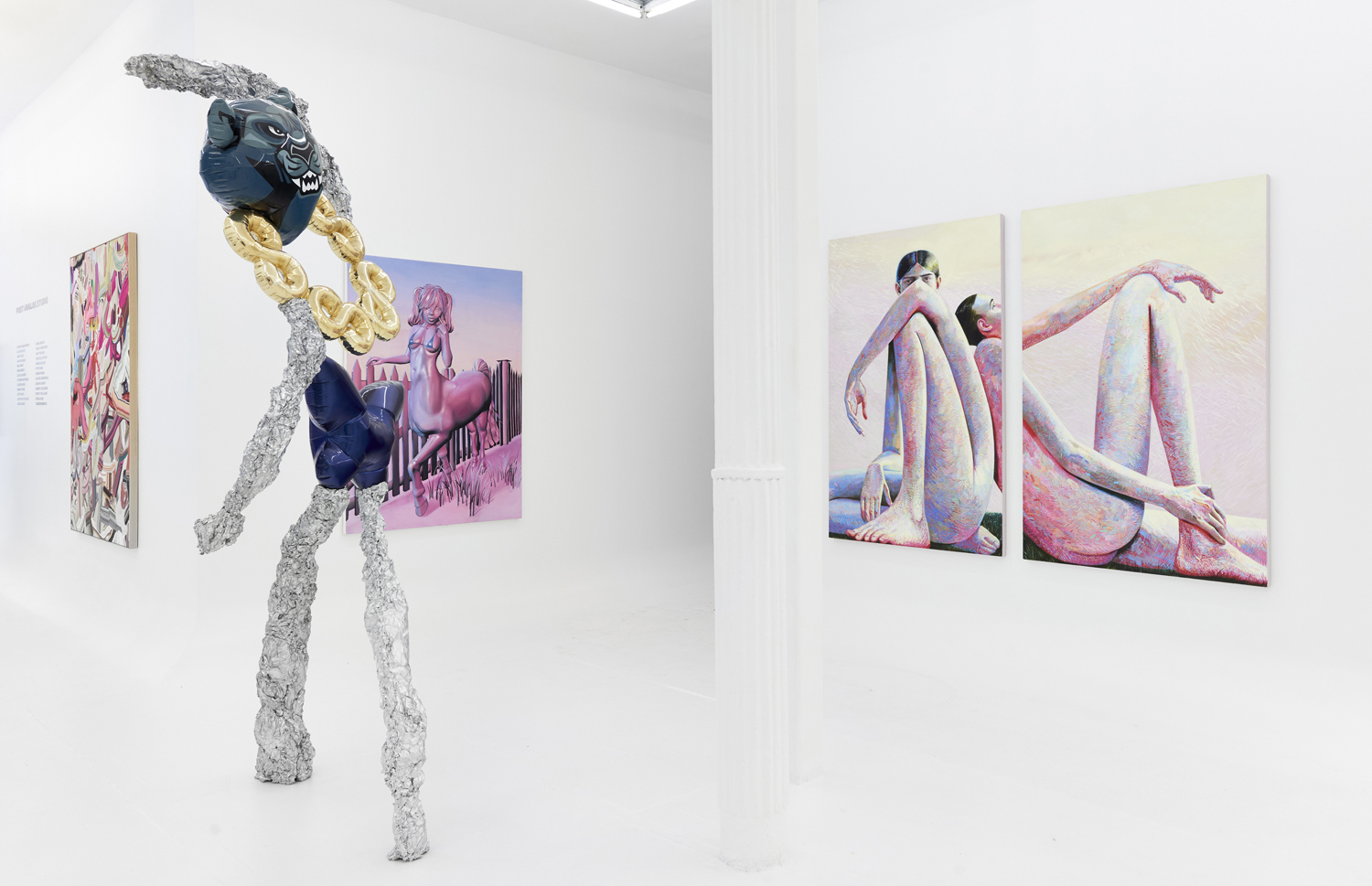
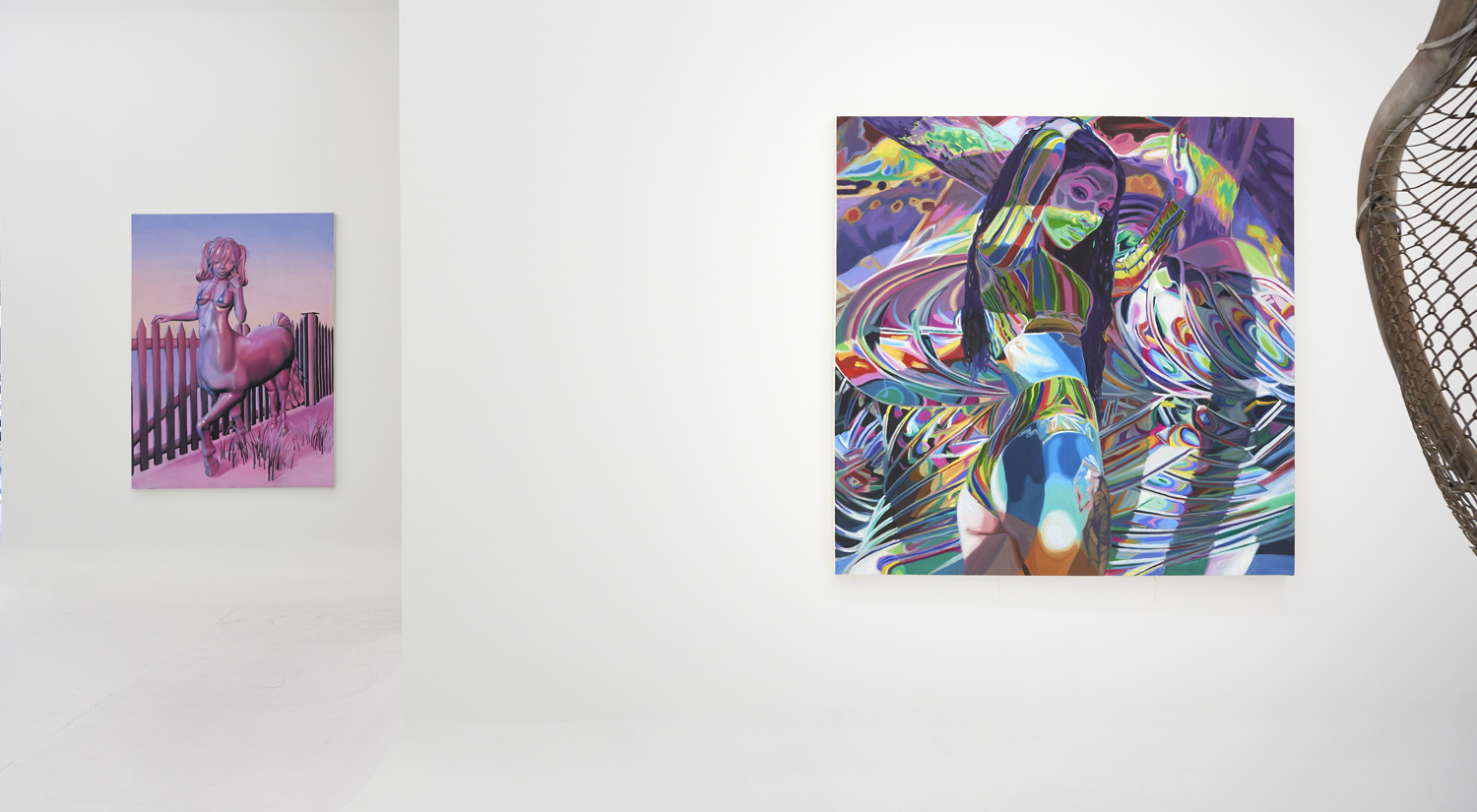
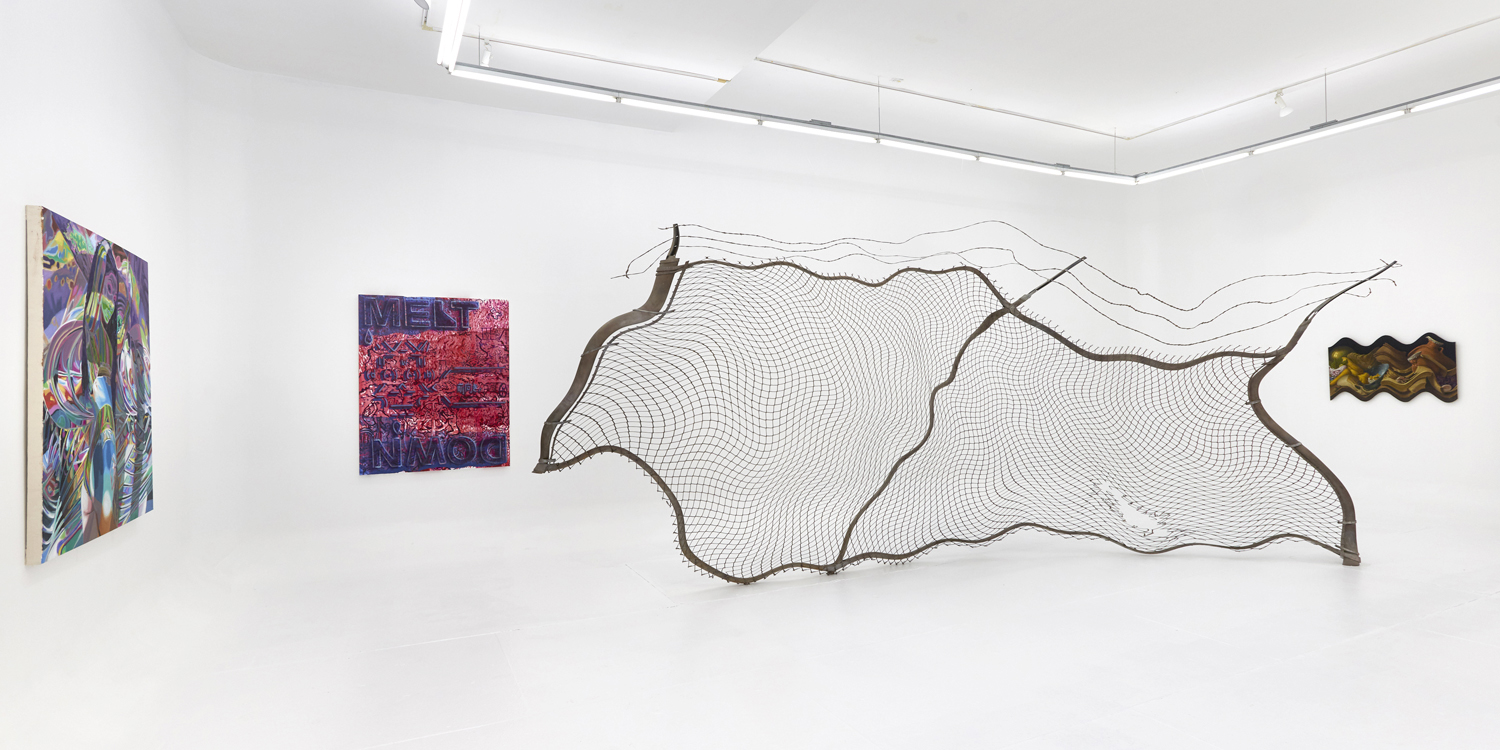

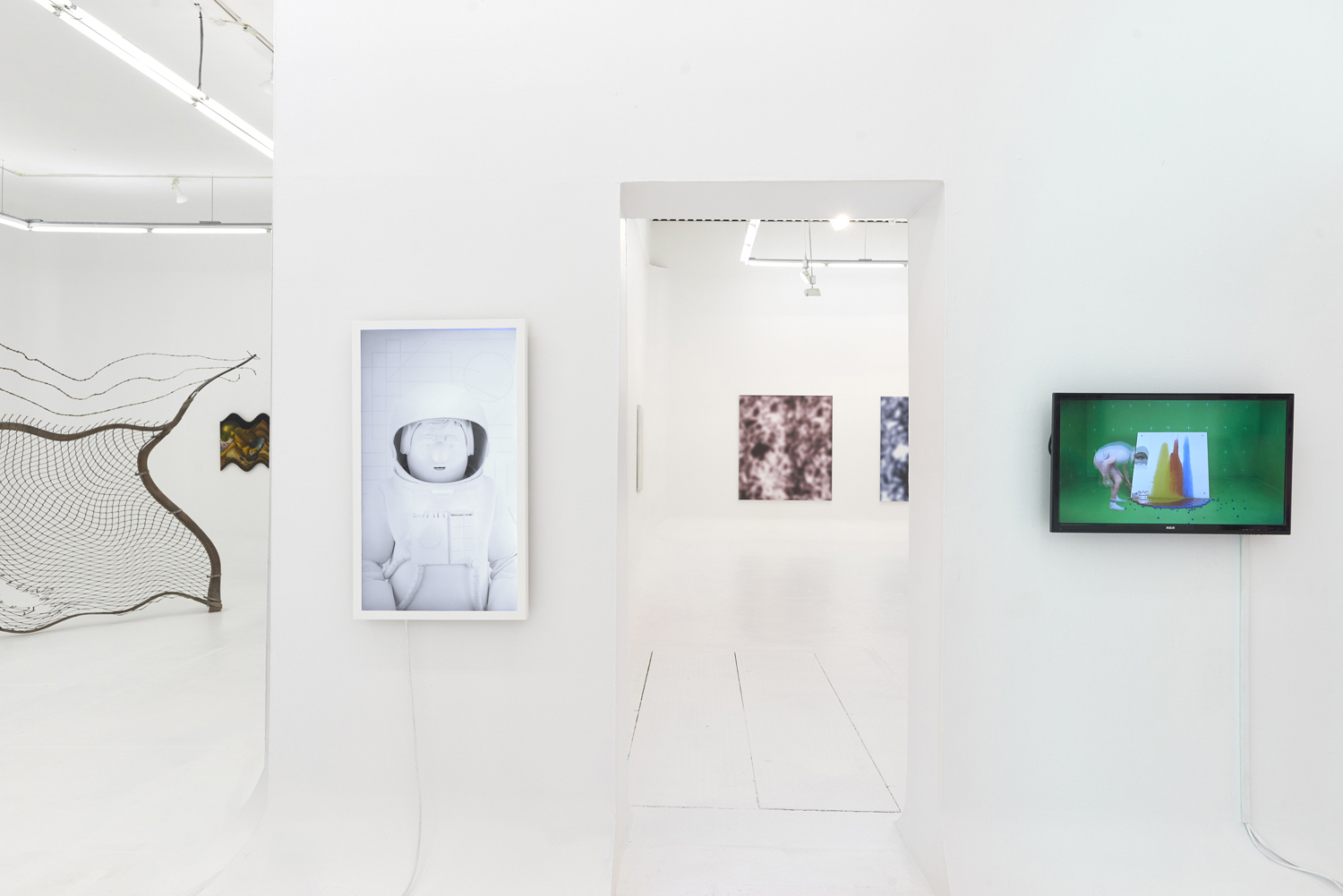
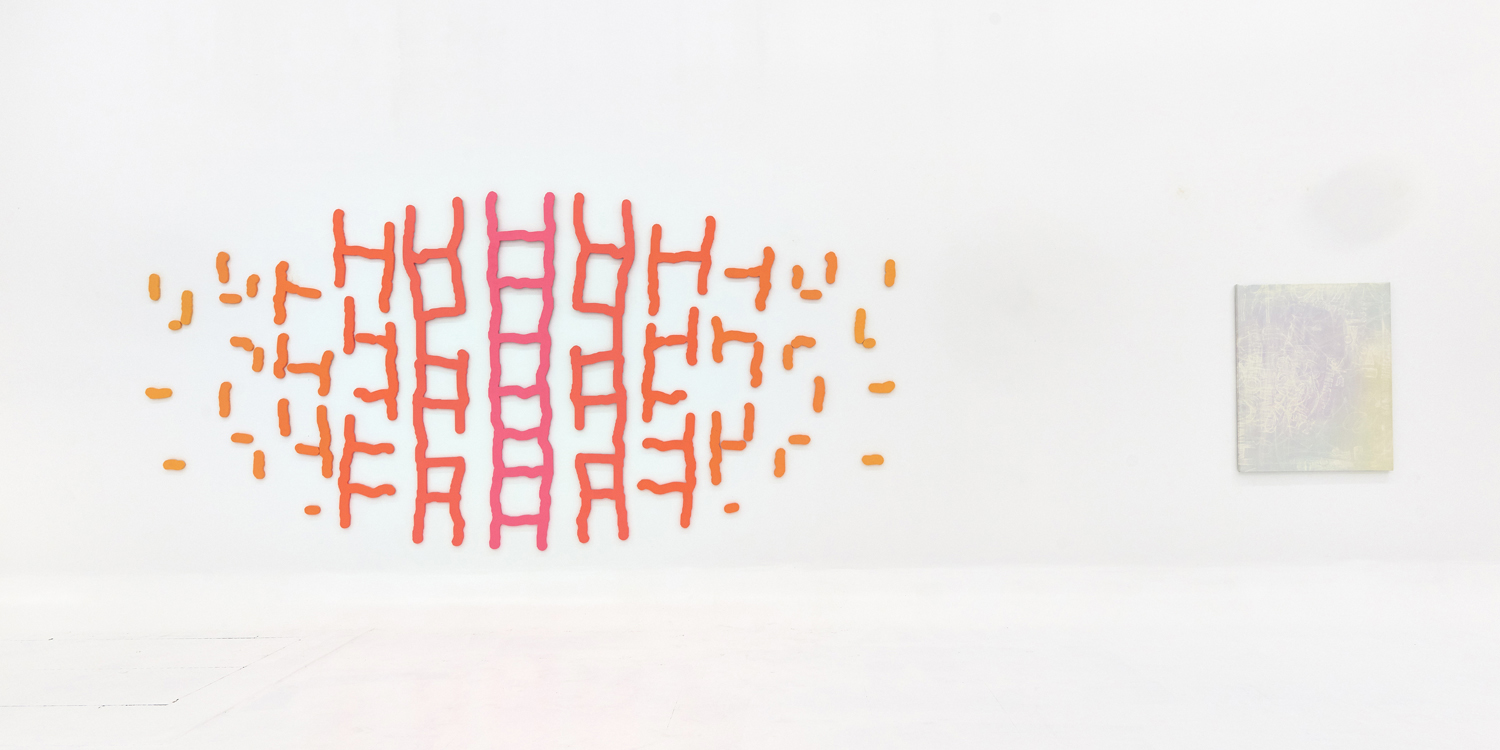
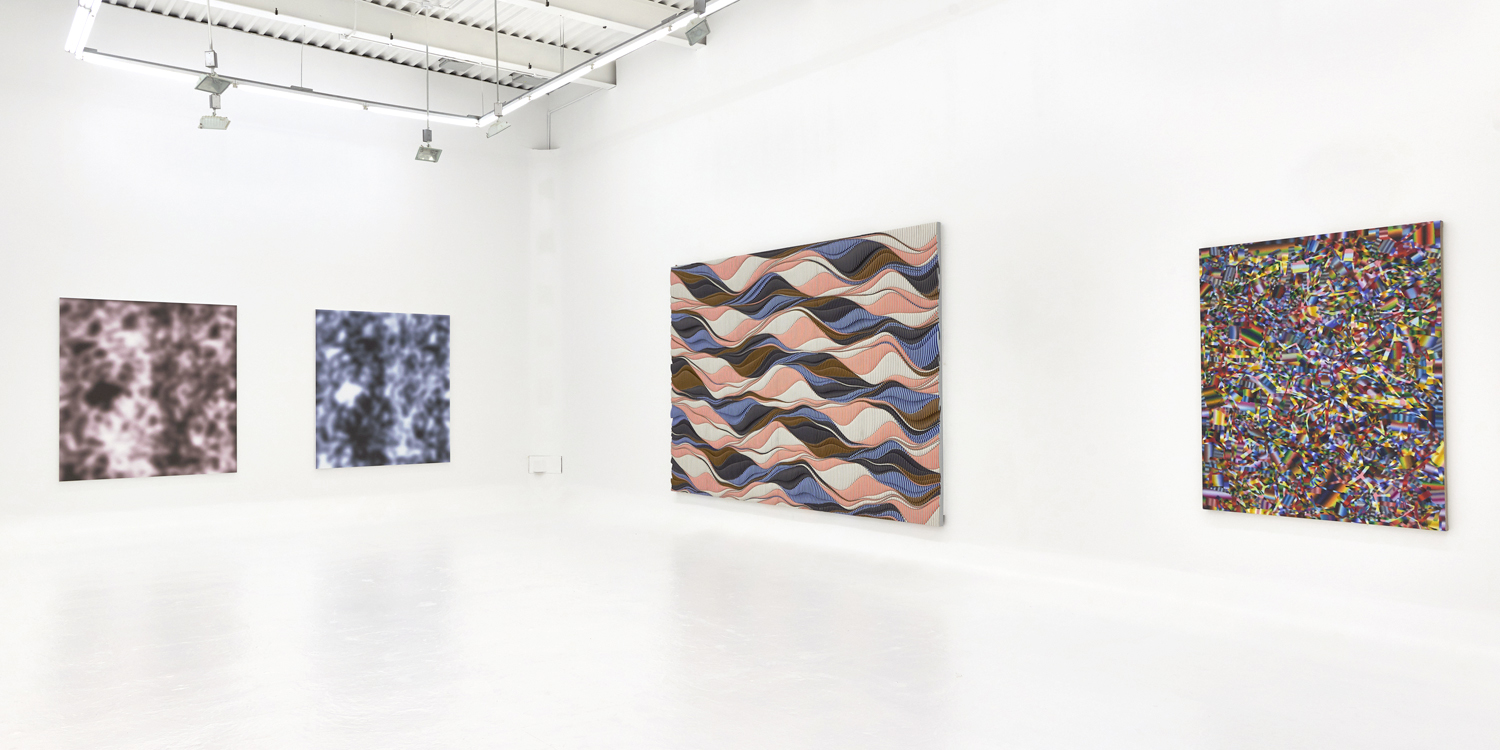
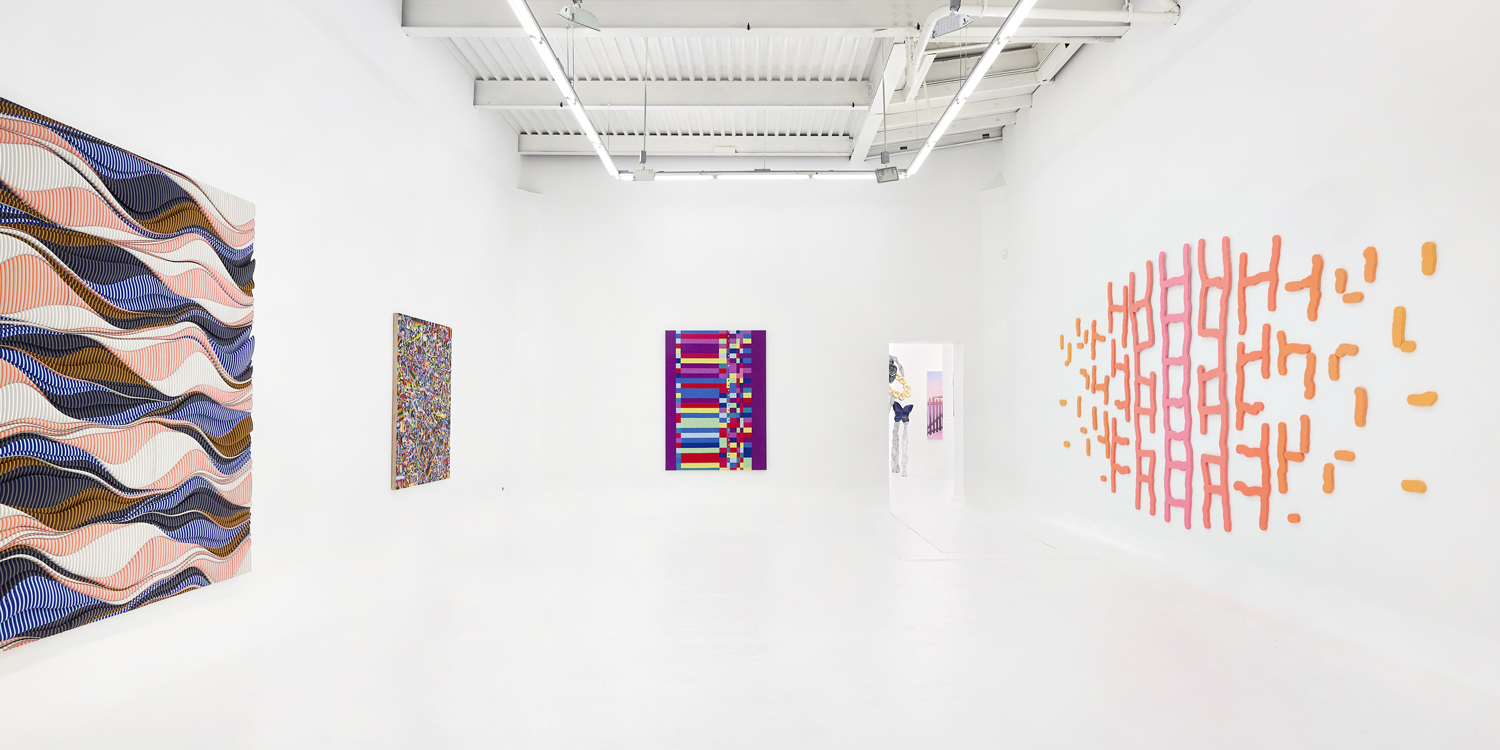
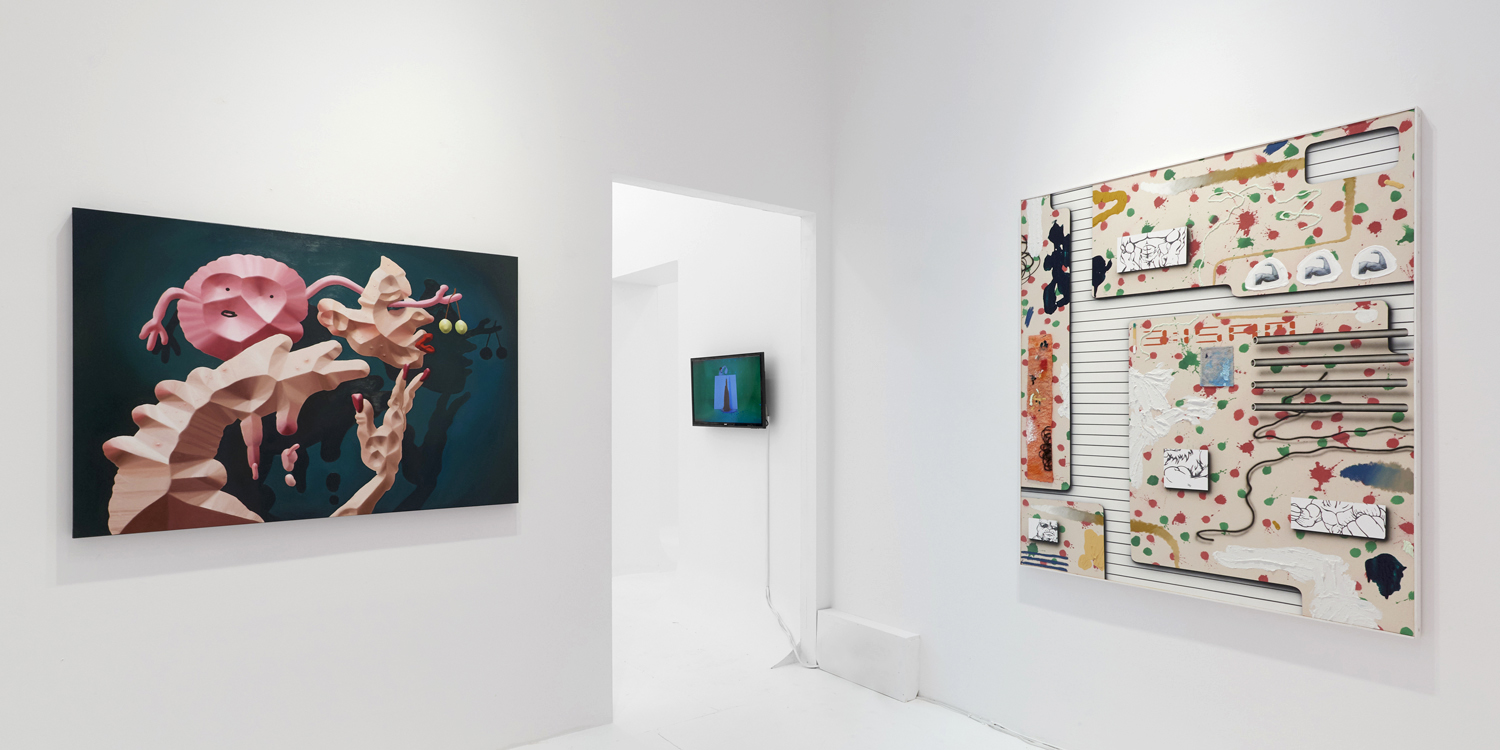
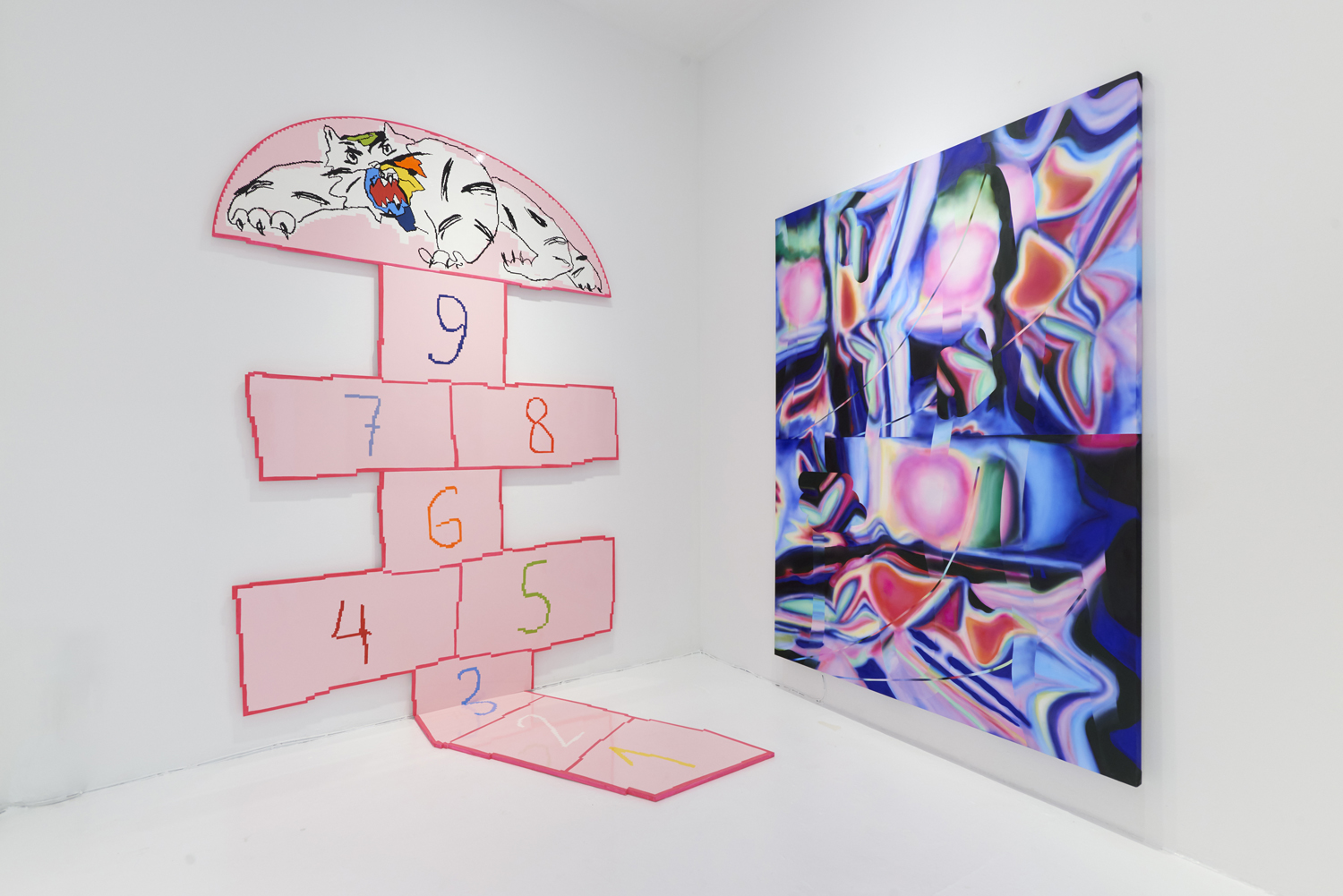
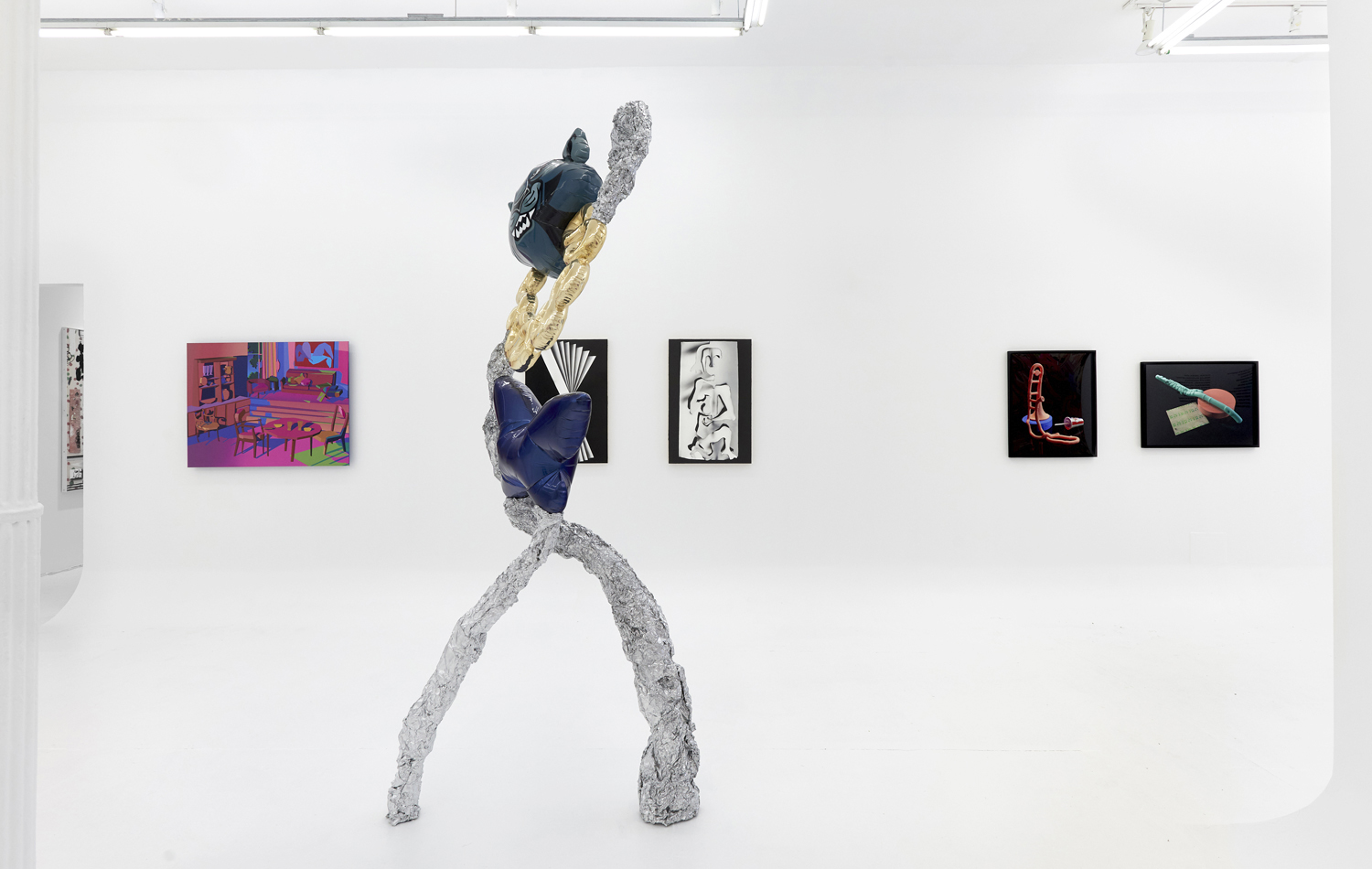
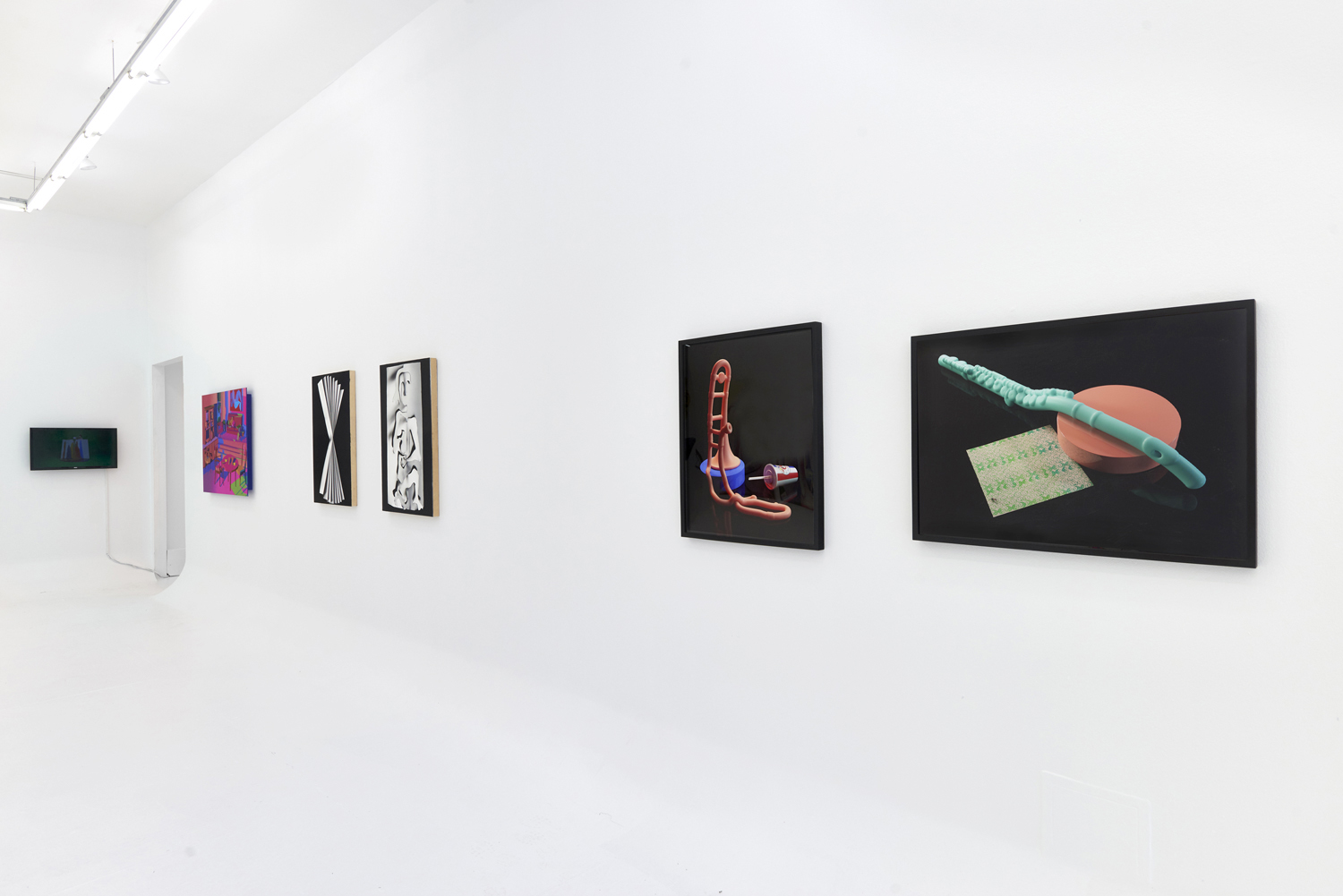
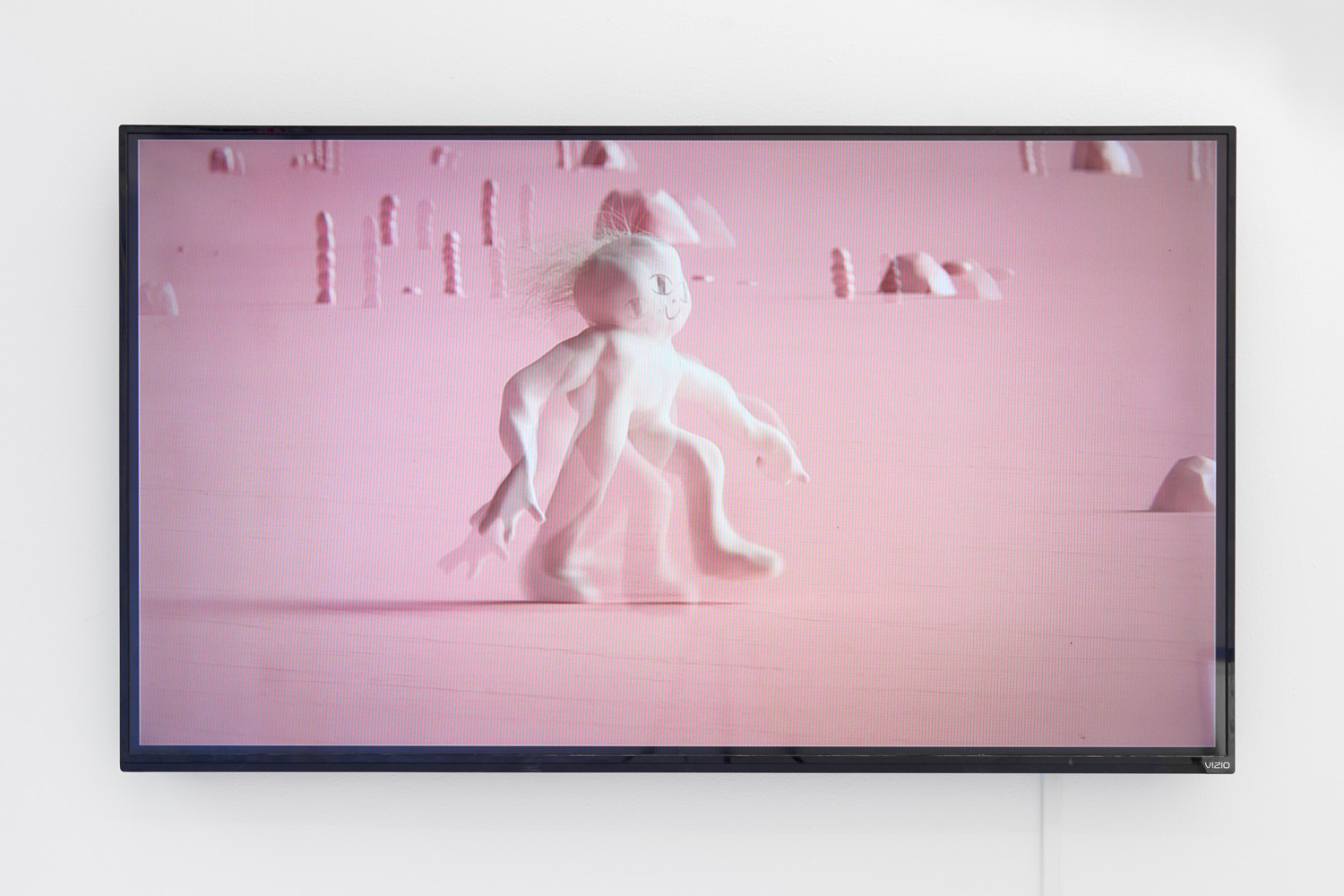
Alan Resnick, Johnny Bubble, 2016, digital animation, 3 minutes, 4 seconds
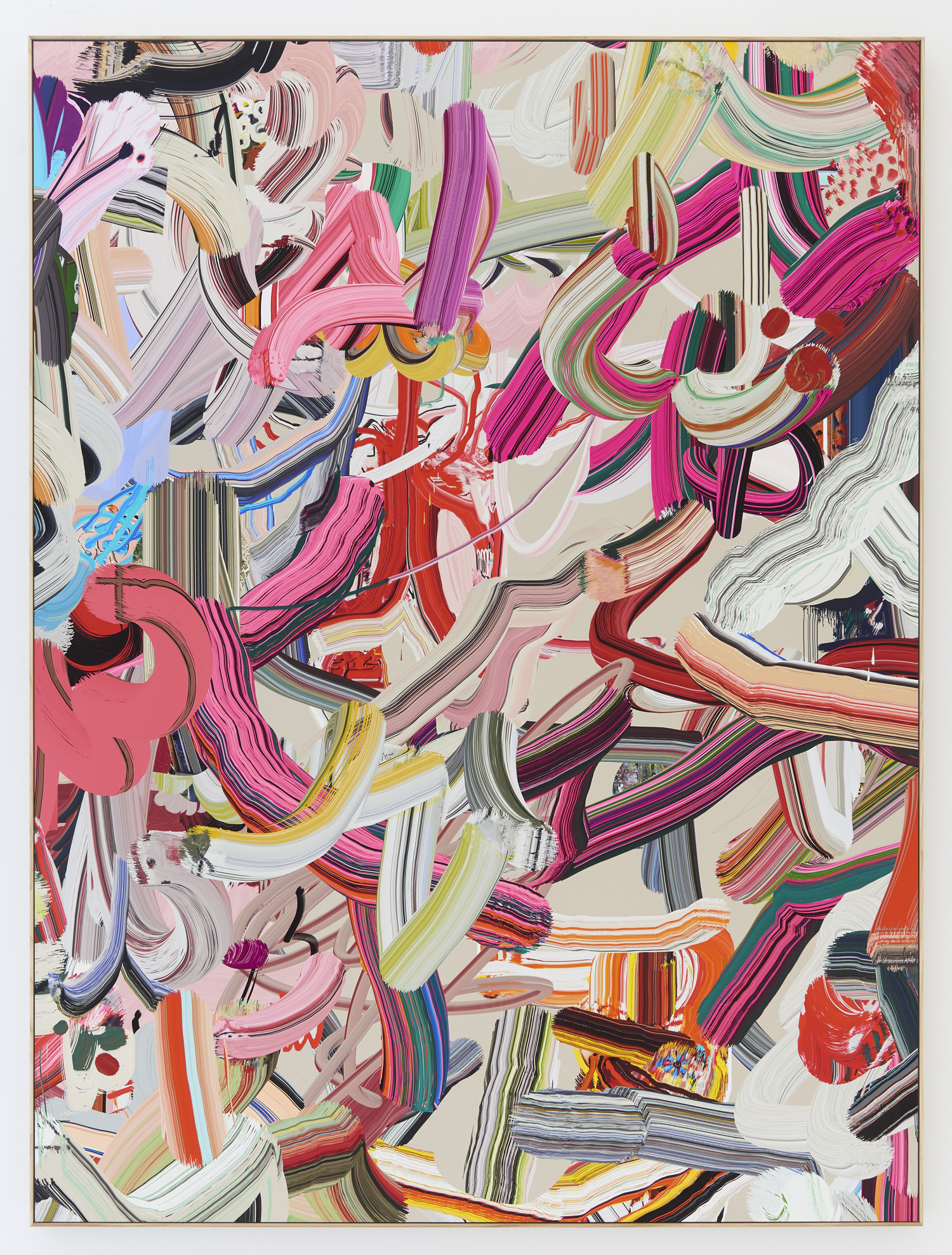
Otto Ford, Human I, 2019, digital painting, photo rag, 79 x 59 inches, 200 x 150 cm.
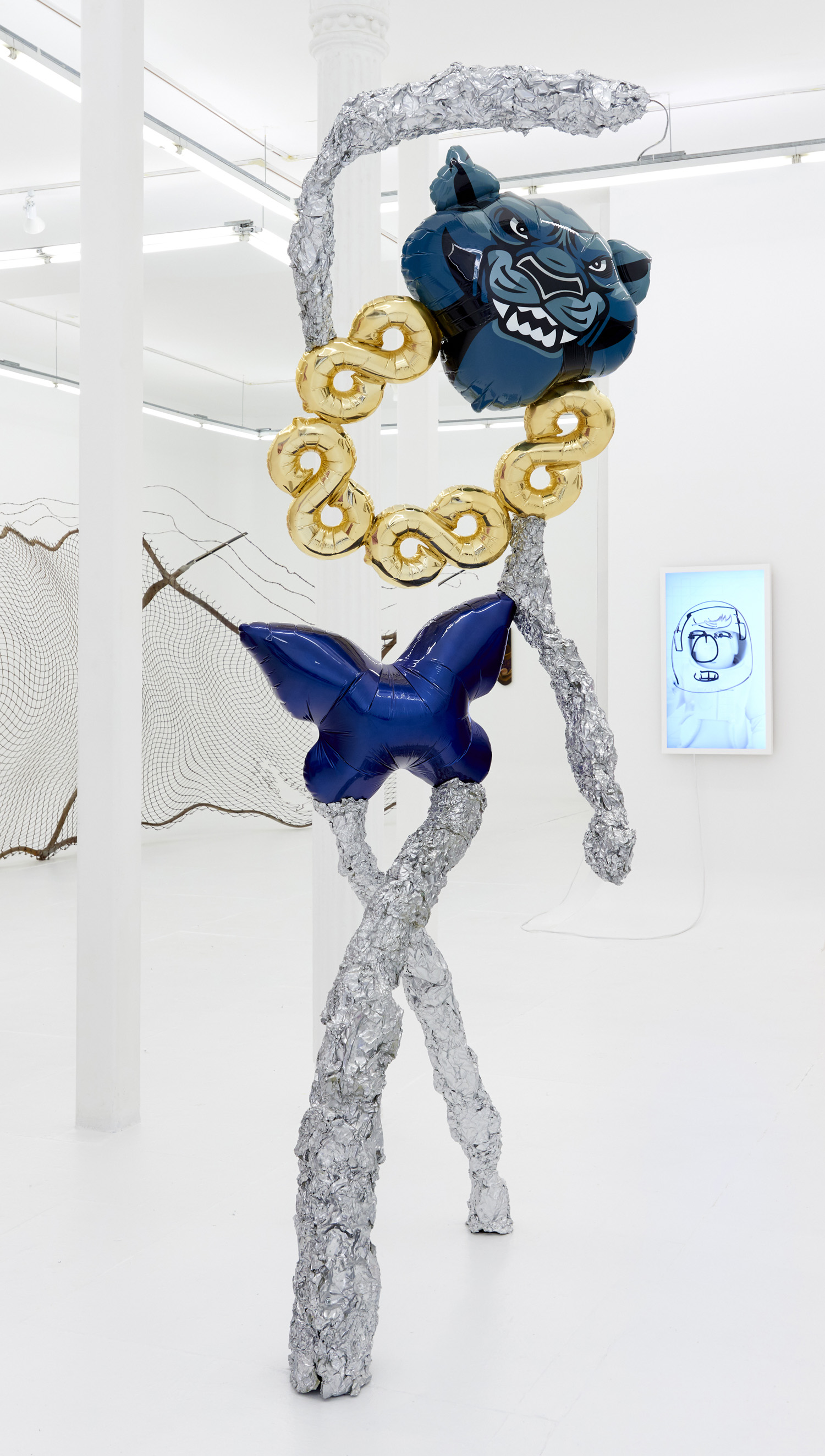
Adam Parker Smith, Ludovisi Gaul, 2018, resin, steel, urethane, chrome, 114 inches, 290 cm.
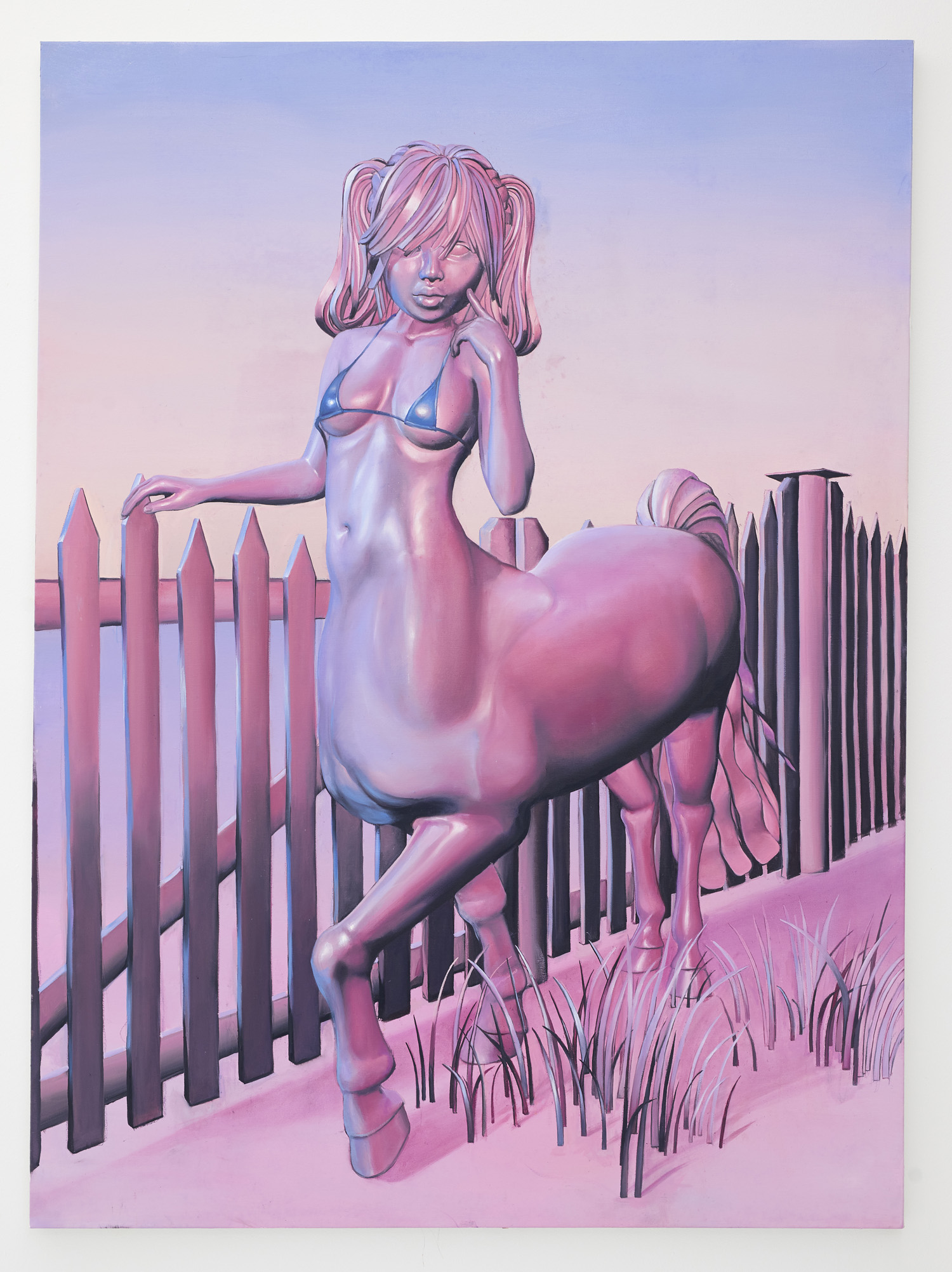
Emma Stern, Kinley, 2019, oil on canvas, 68 x 50 inches, 173 x 127 cm.
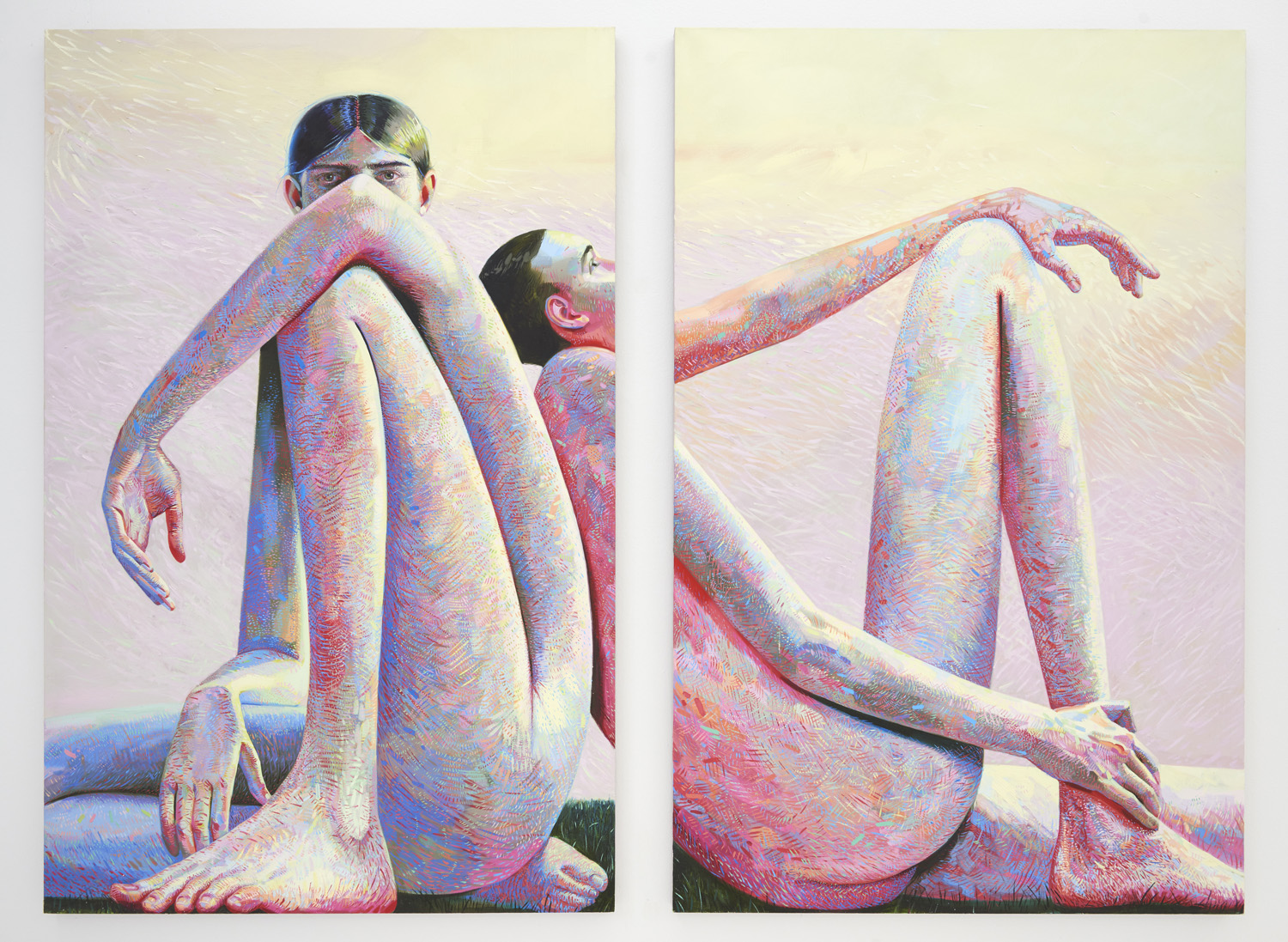
Robin F. Williams, Chimeras on the Grass, 2011, oil on linen, 74 x 104 inches, 188 x 264 cm.
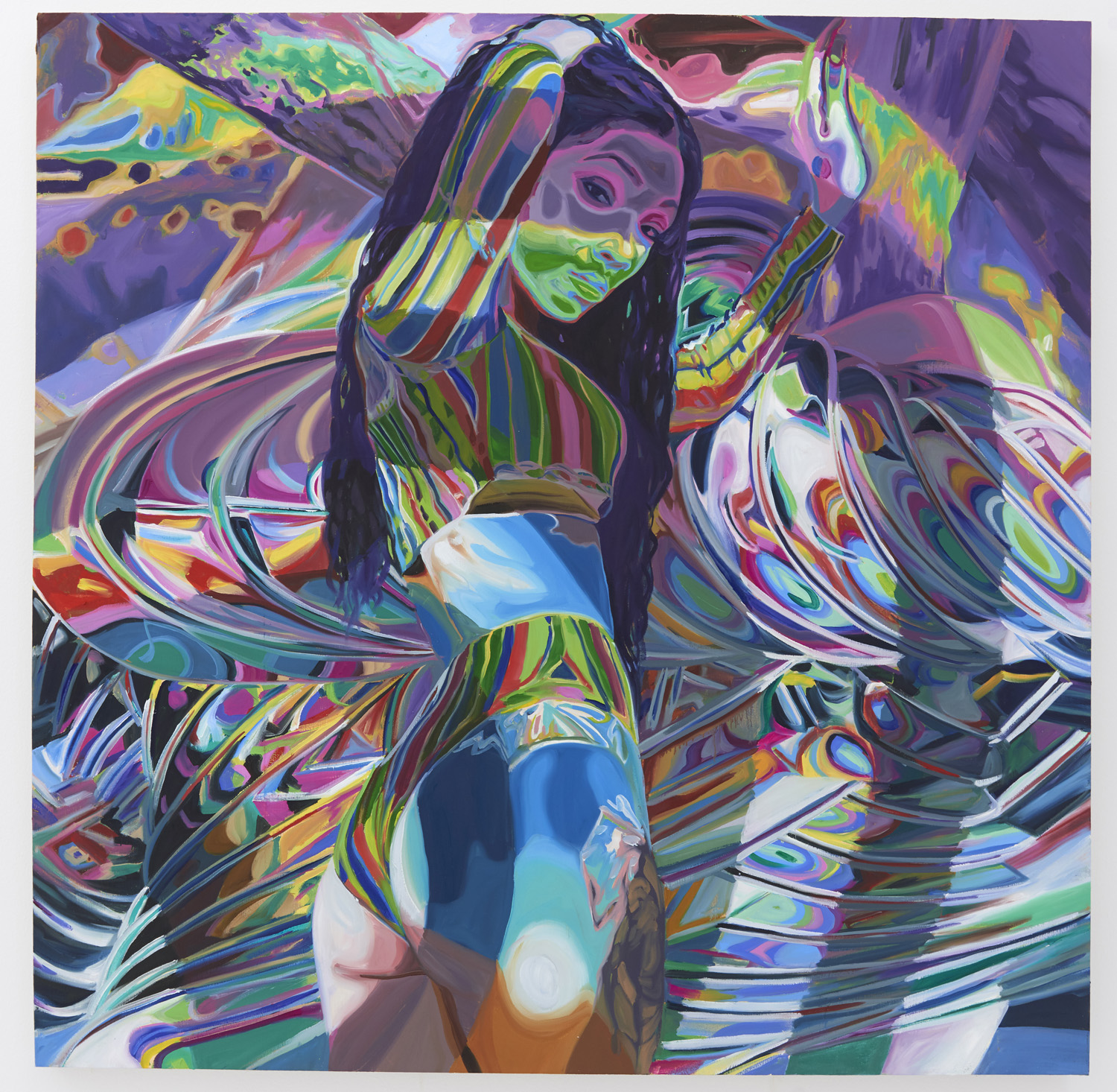
Caitlin Cherry, Nukeface Leviathan, 2019, oil on canvas, 57 x 57 inches, 145 x 145 cm.
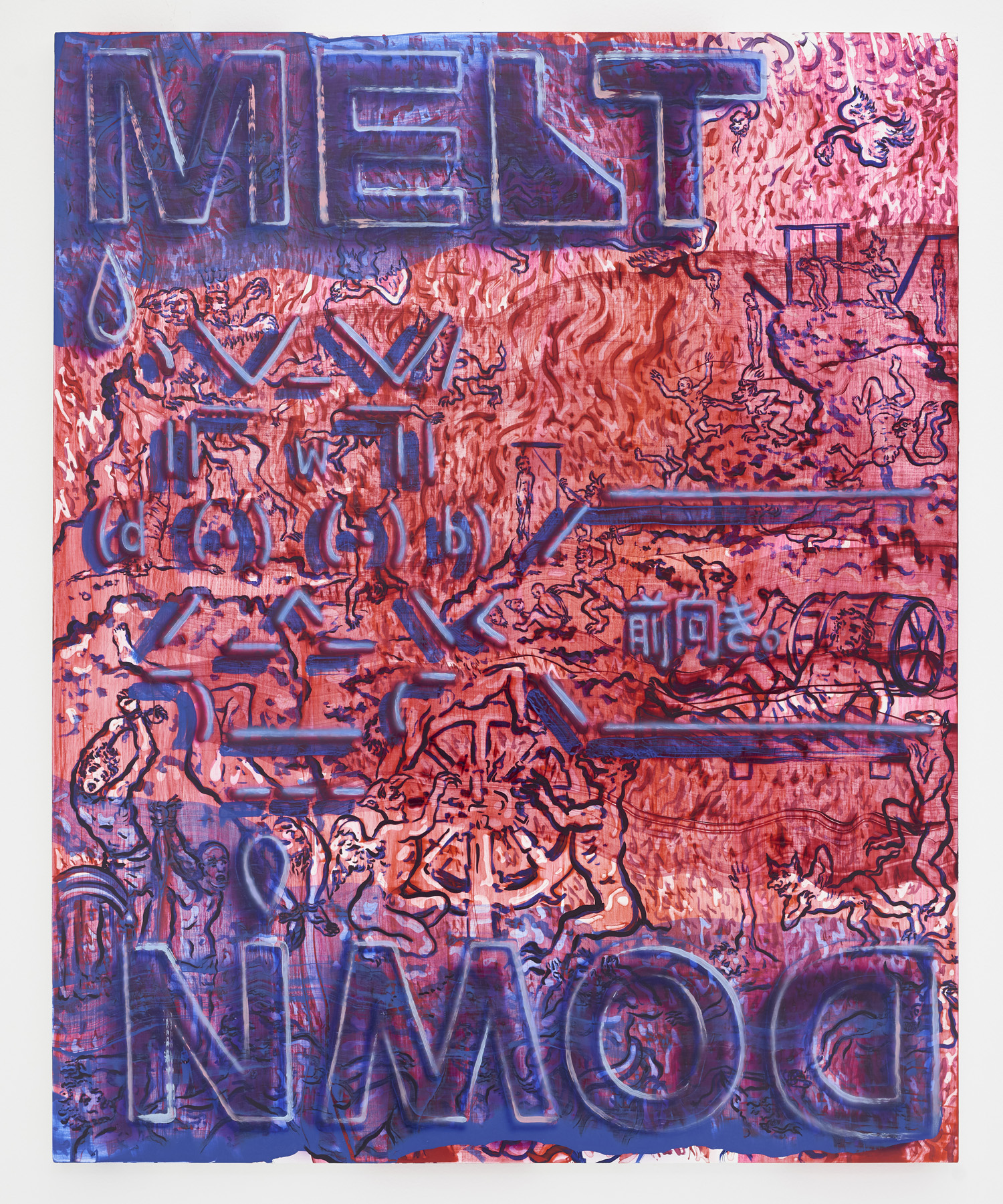
Sven Loren, Optimism During a Melt Down, 2017, acrylic on wood panel, 60 x 48 inches, 152 x 122 cm.
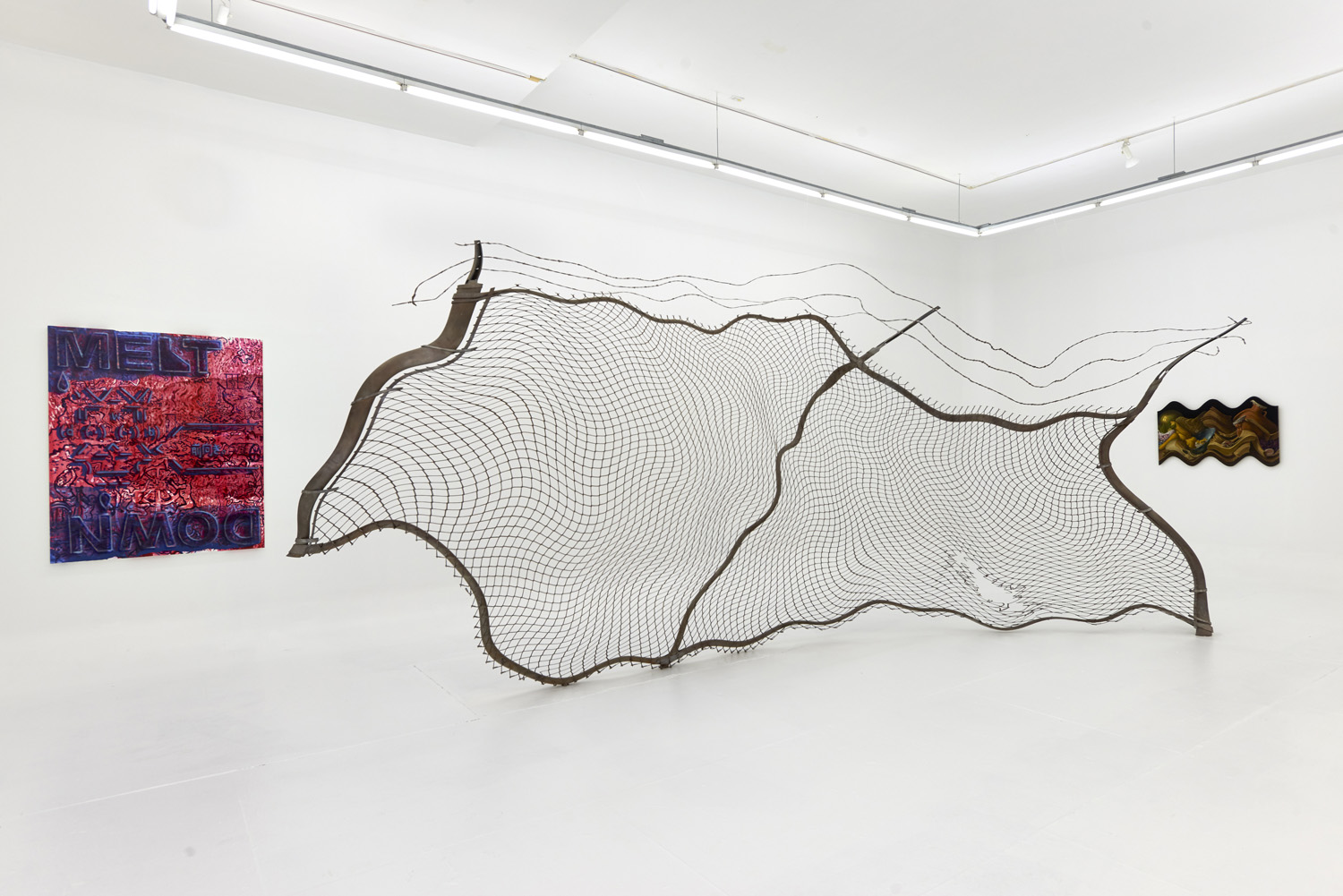
Robert Lazzarini, chain-link fence (torn), 2012, steel and pigment, 134 x 276 x 75 inches, 340 x 701 x 191 cm.
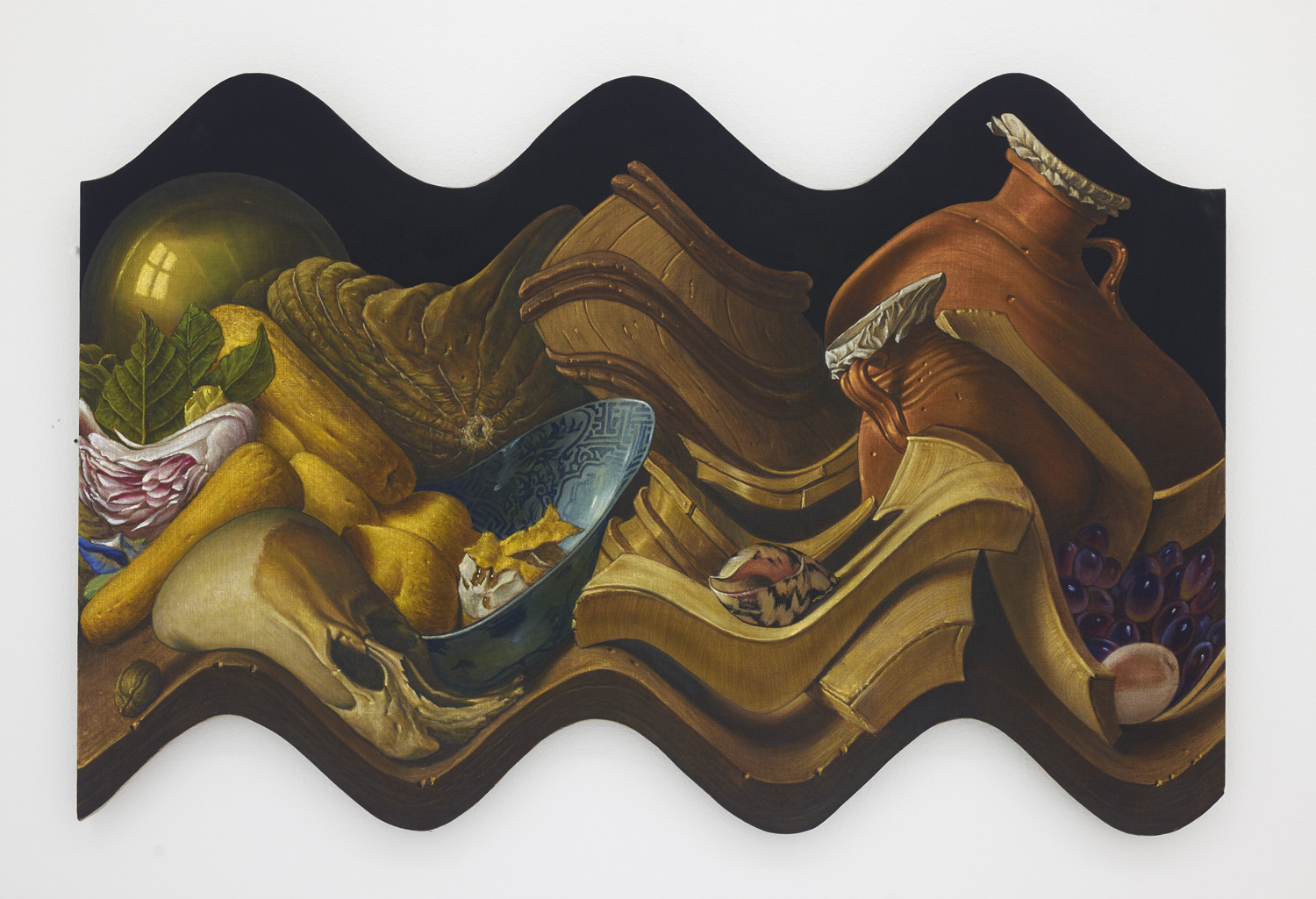
Matt Hansel, The Tide That Left And Never Came Back, 2019, oil and flashe paint on linen mounted to panel, 30 x 44 inches, 76 x 112 cm.
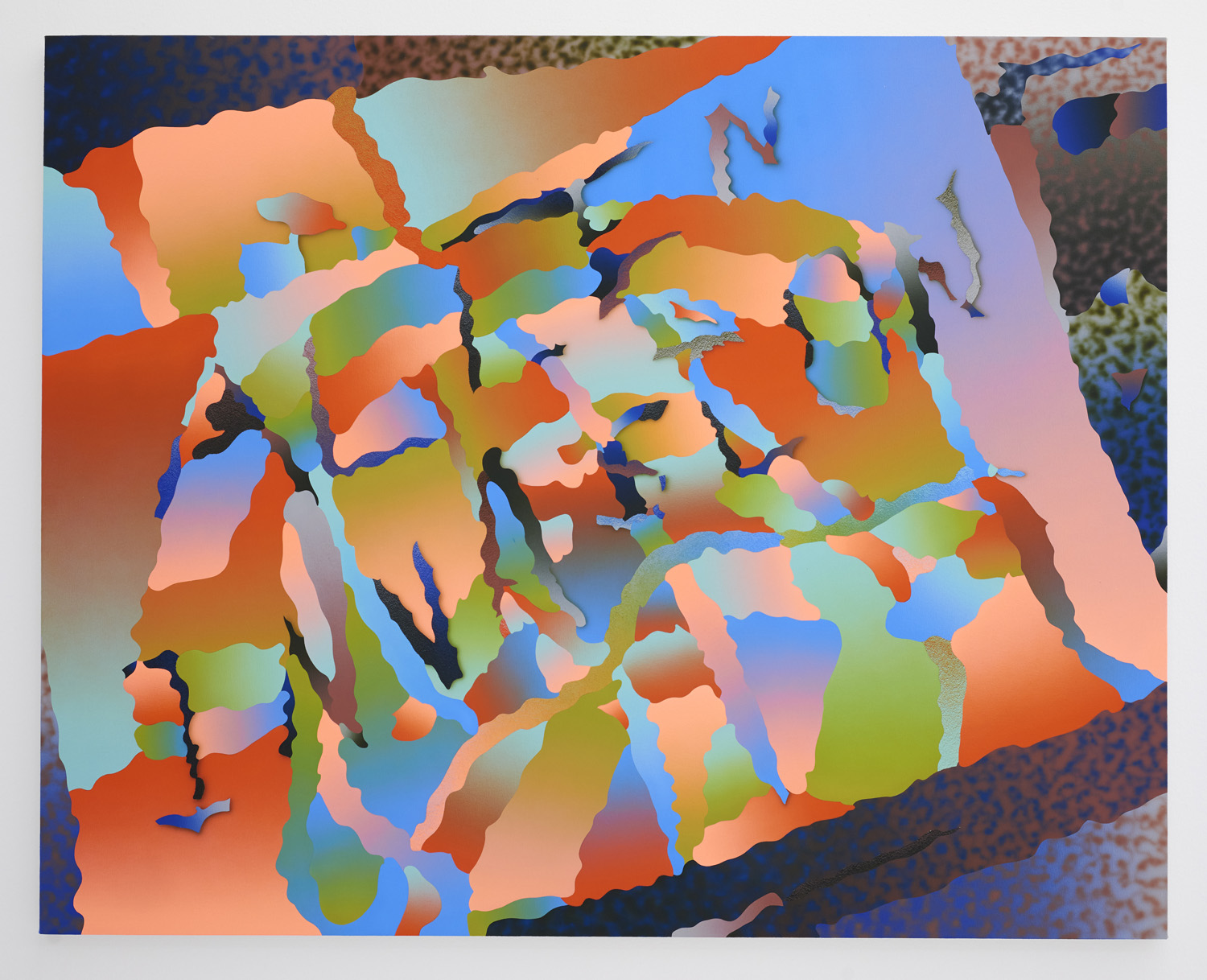
Morgan Blair, Western Values Getting You Down? Donate Your Eggs Today To Gain Access To Our Special Membership Bonuses And Bask In The Glow of This 4:39 am Flash Mob Gender-Reveal Live Streaming From The Parking Lot of America Liquors in Beautiful Downtown Breckinridge!, 2019, acrylic and sand on canvas over panel, 48 x 60 inches, 122 x 152 cm.
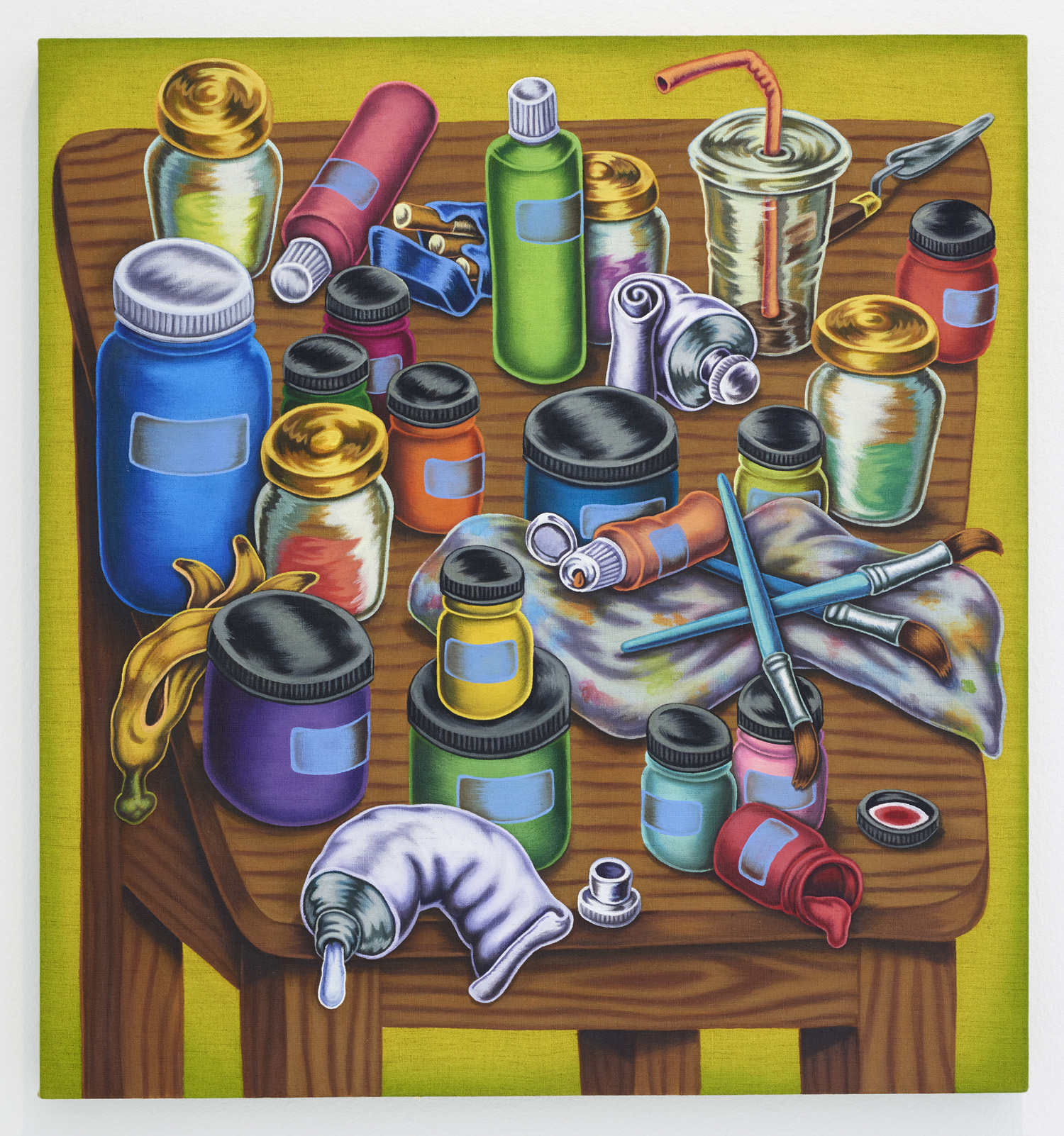
Pedro Pedro, Paint Table with Iced Coffee, Banana Peel and Cigarettes, 2019, textile paint on linen, 30 x 28 inches, 76 x 71 cm.
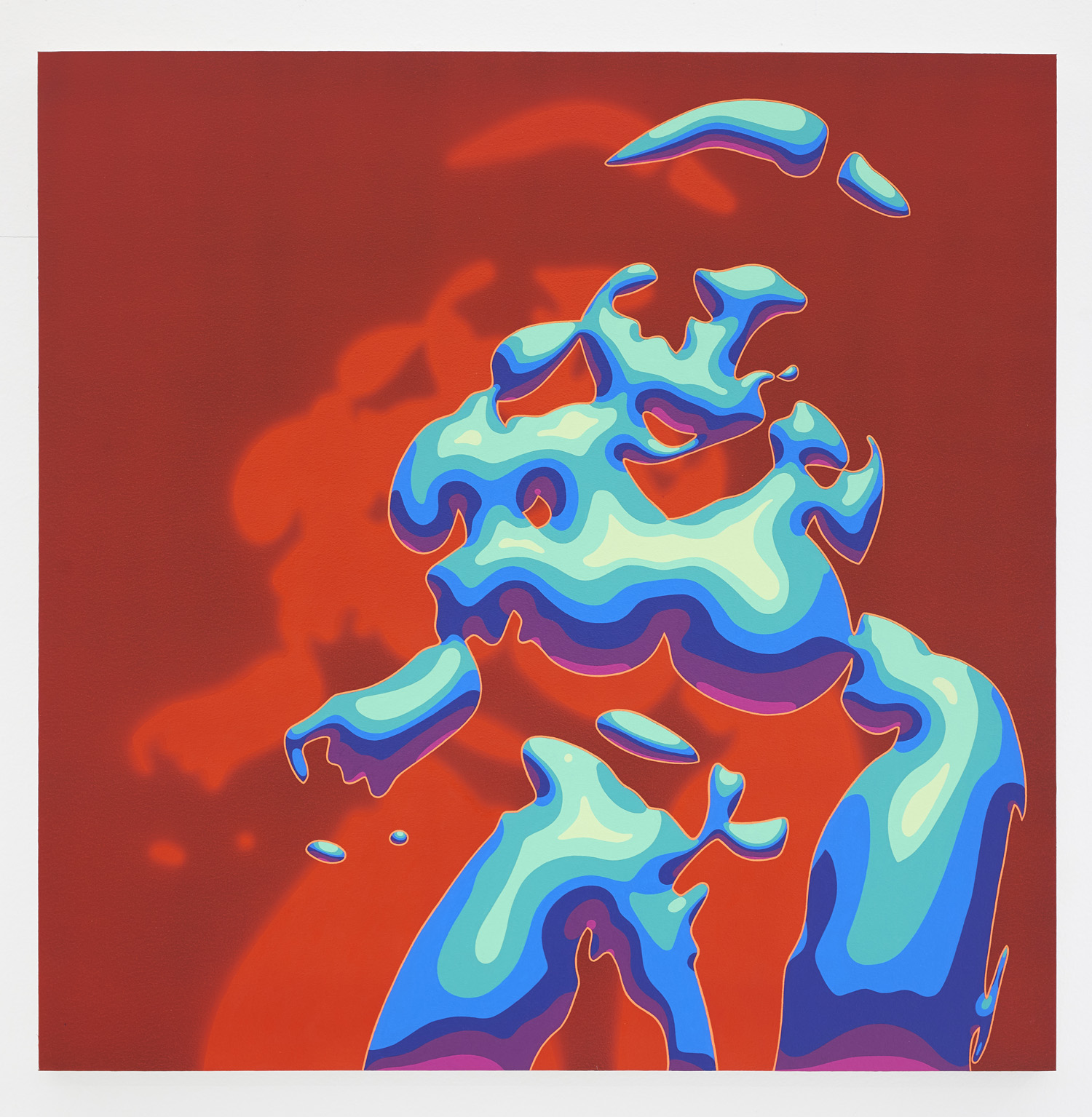
Michael Dotson, Juicy Jasmine, 2019, acrylic on panel, 36 x 36 inches, 91 x 91 cm.
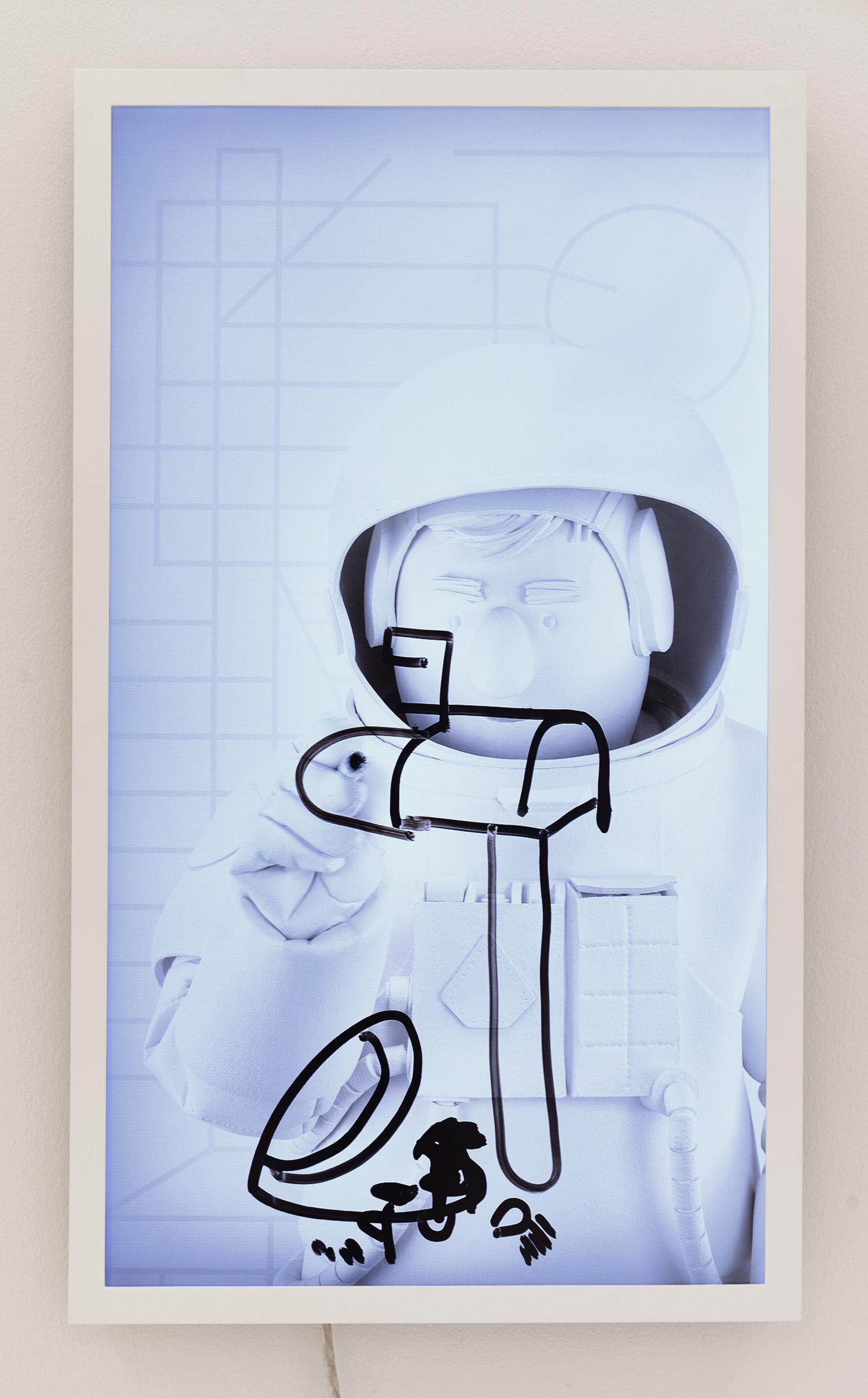
Brian Bress, Astronaut (Boris on grey lines), 2018, high definition single-channel video (color), high definition monitor and player, wall mount, framed, edition 1/1, 37 x 22 inches, 94 x 56 cm. 31 minutes, 43 seconds loop.
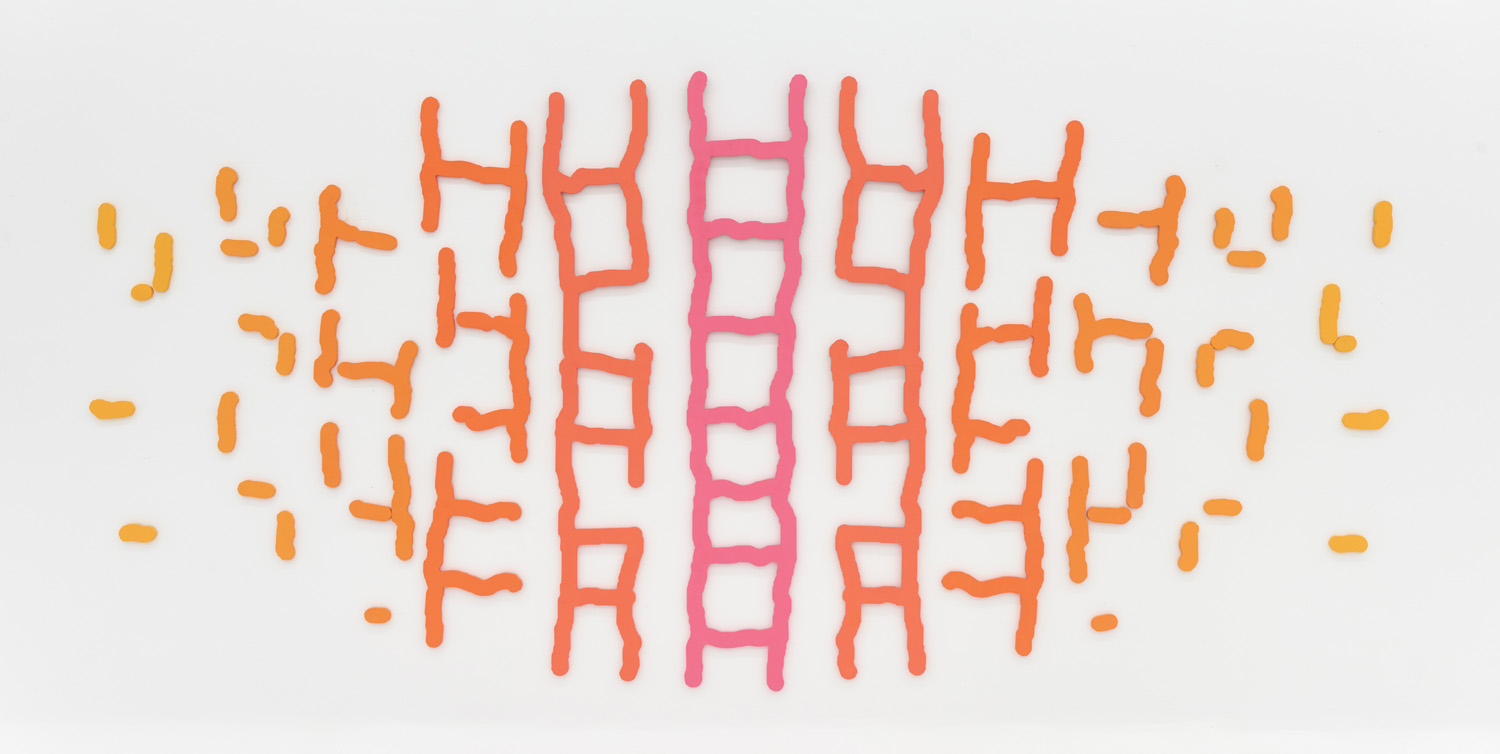
Ben Jones, Ladder Series, 2015, acrylic gouache on MDF, 93 x 240 inches, 236 x 610 cm.
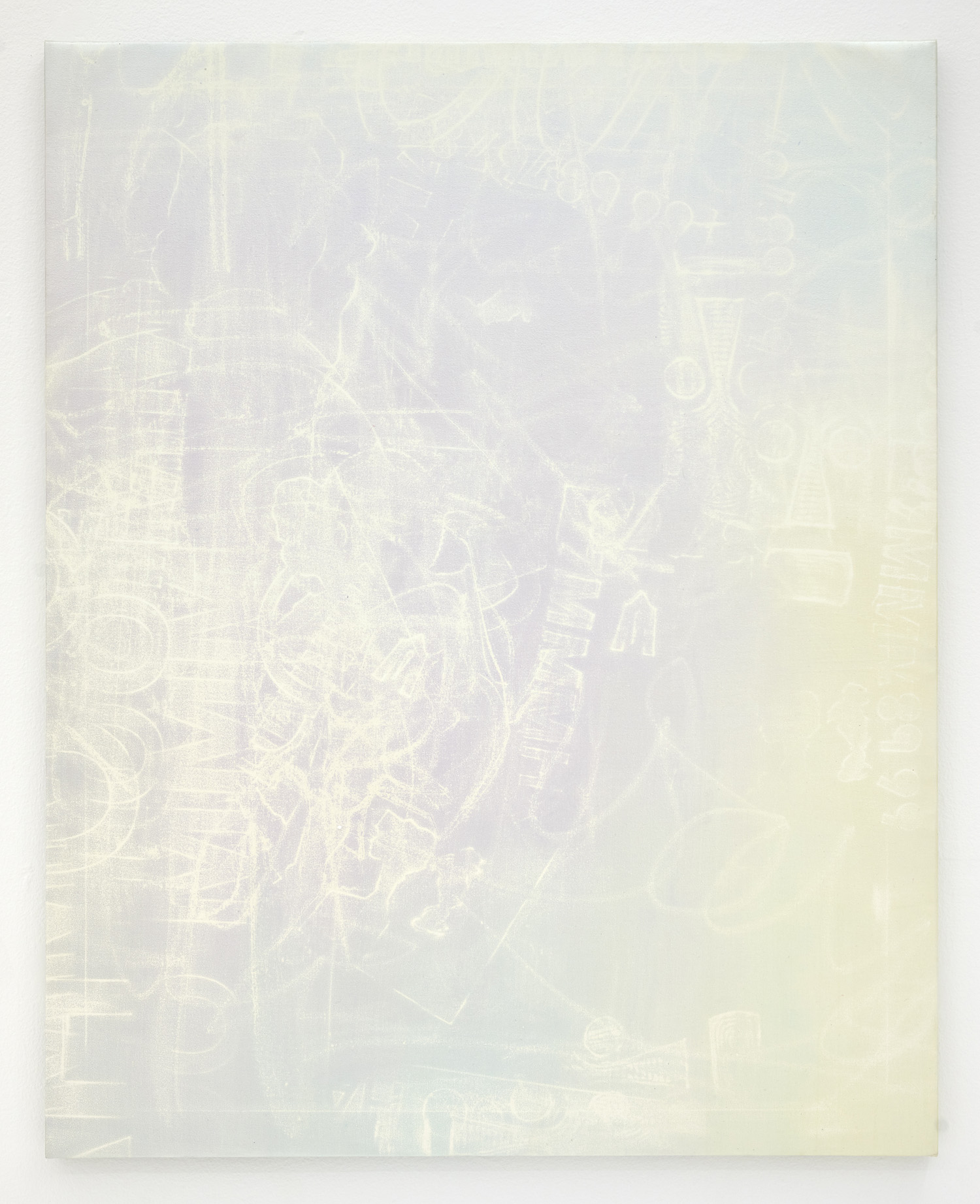
Rannva Kunoy, Protectionism, 2017, acrylic, pigments, and dispersion on canvas, 47 x 38 inches, 119 x 97 cm.
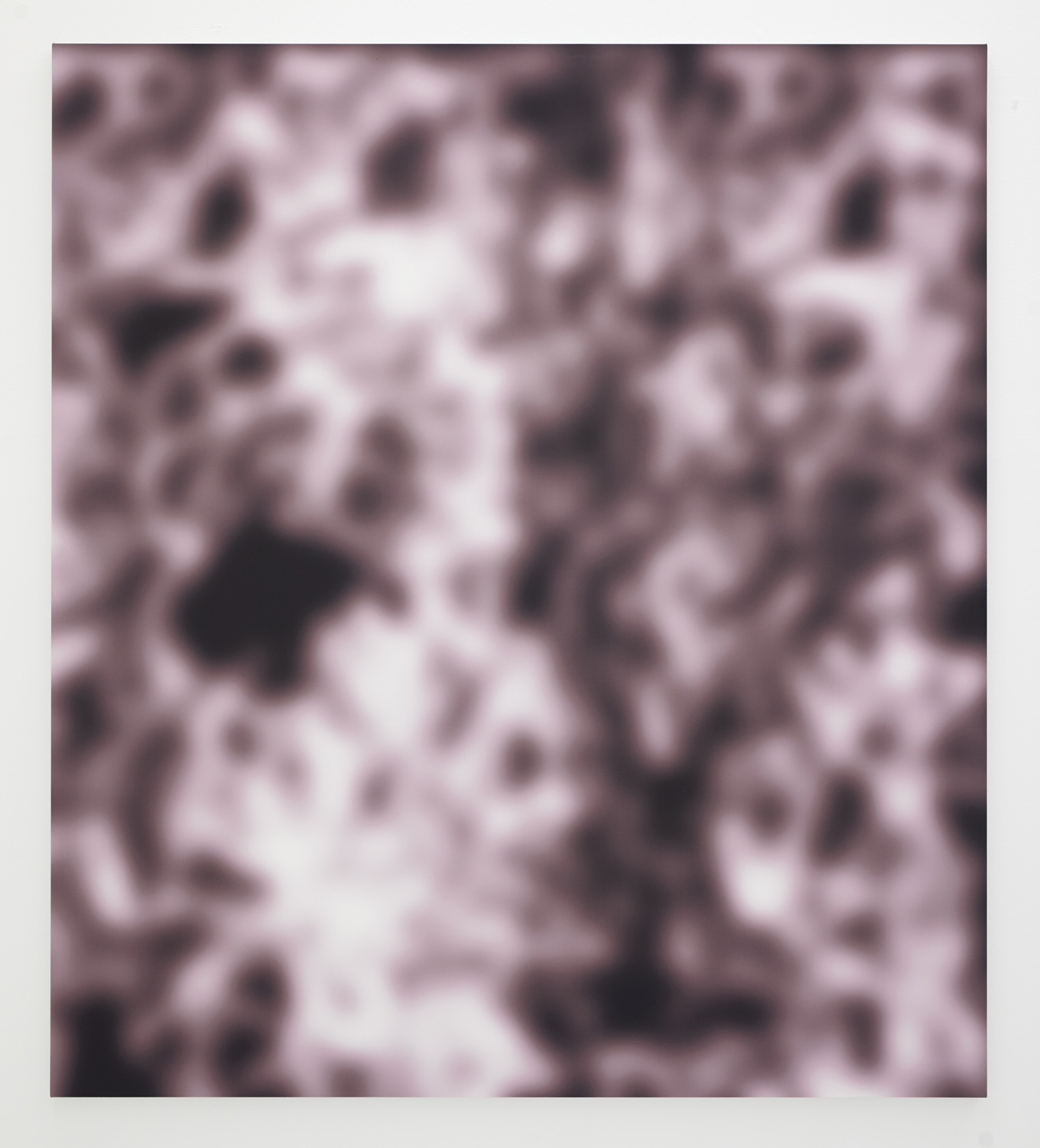
Jeff Elrod, Sienna Plume, 2017, uv ink on Fisher canvas, 72 x 62 inches, 183 x 157.5 cm.
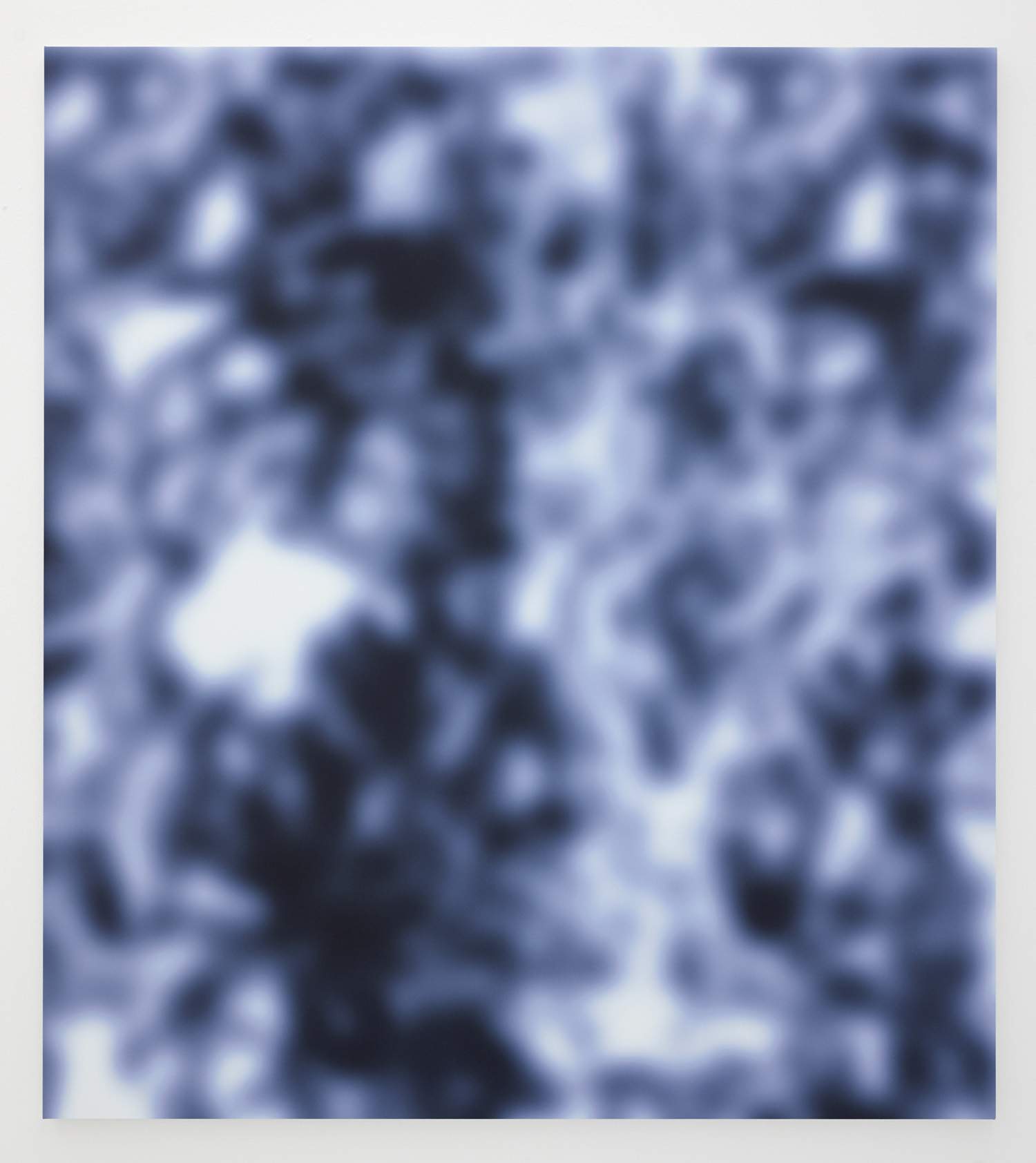
Jeff Elrod, Here to Infinity (for L.R.), 2017, uv ink on Fisher canvas, 72 x 62 inches, 183 x 157.5 cm.
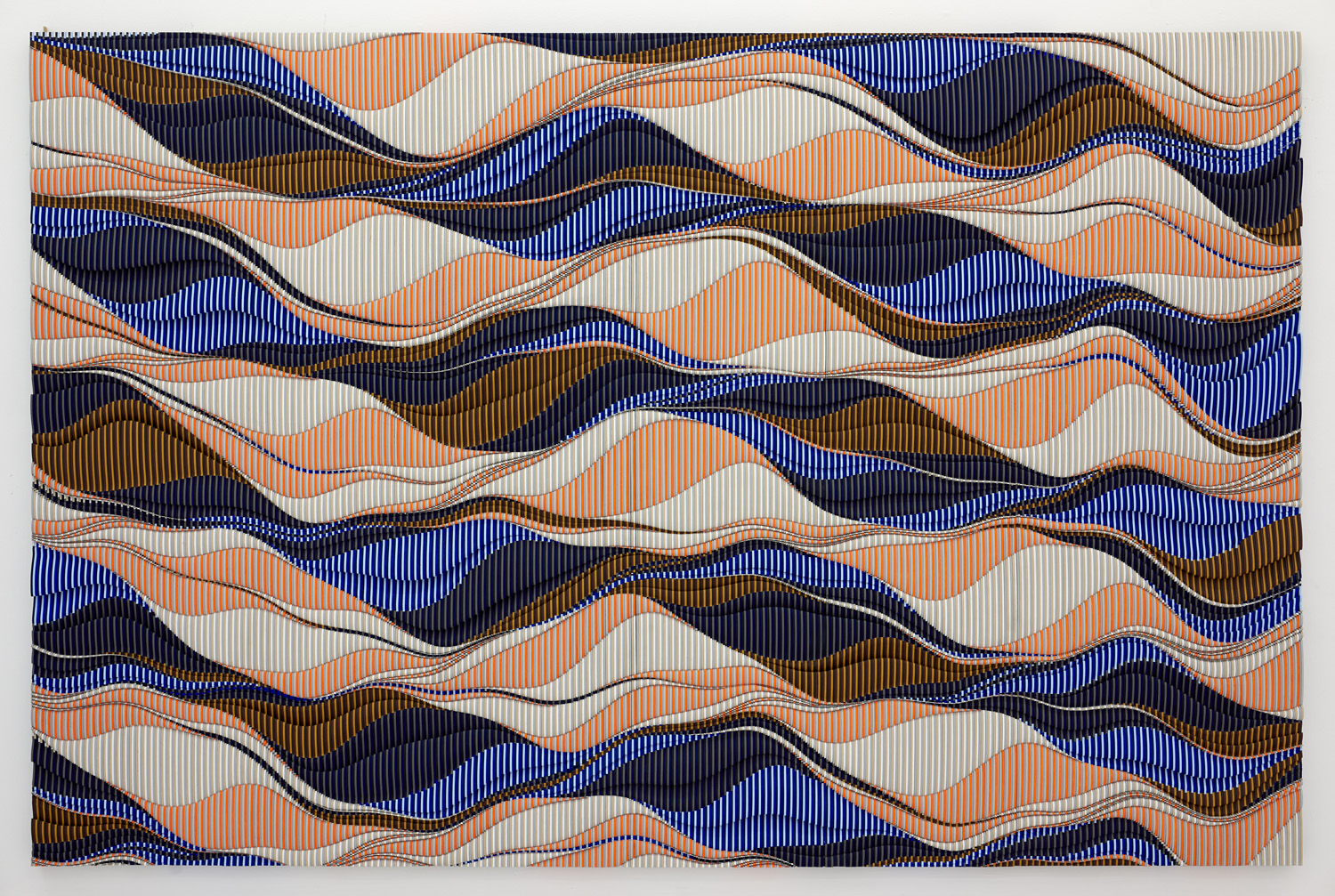
Ara Peterson, Untitled, 2013, wood and acrylic paint, 94 x 143.5 x 3 inches, 239 x 365 x 8 cm.
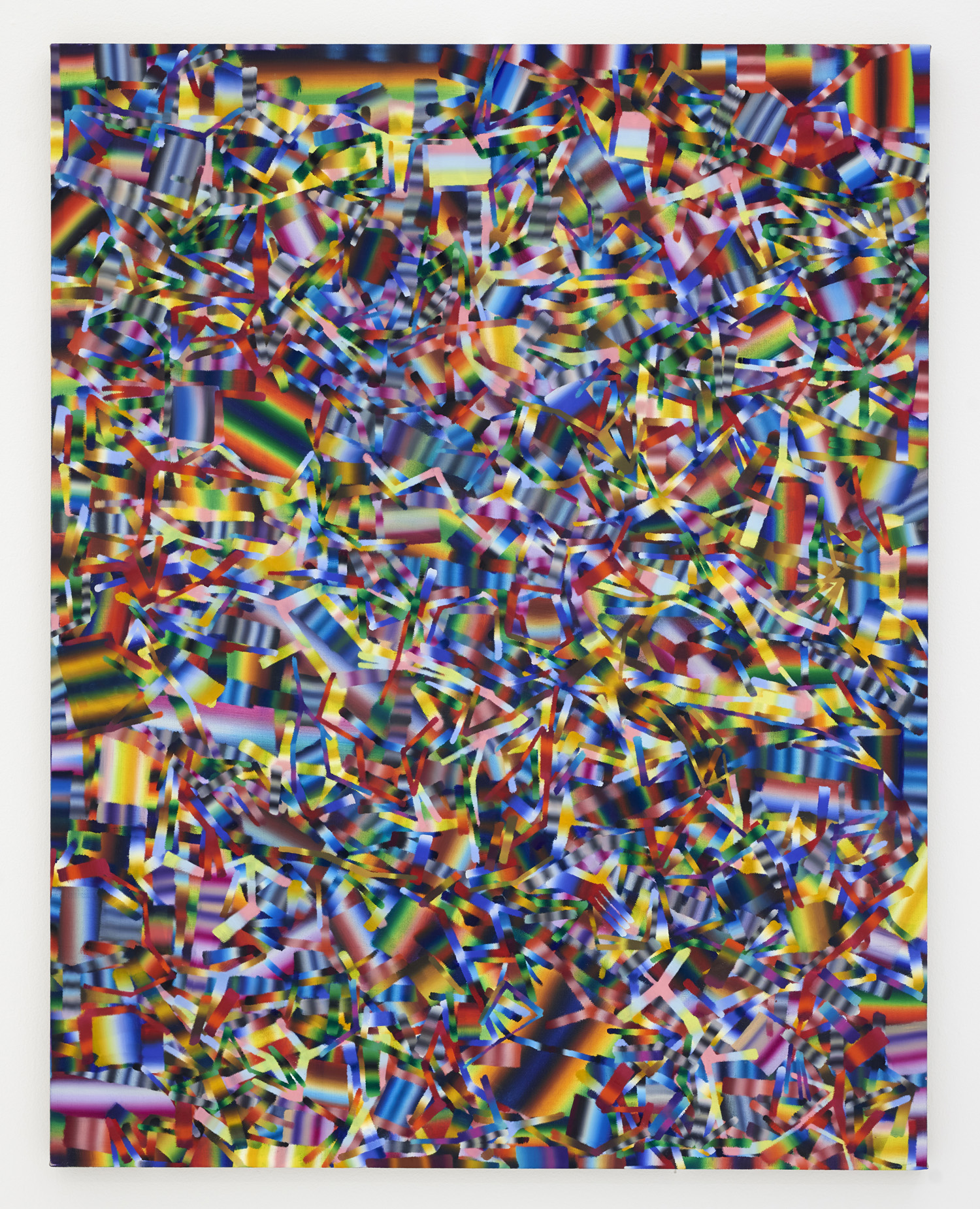
Clinton King, Luminal Bloom, 2019, oil on canvas, 64 x 50 inches, 161 x 127 cm.
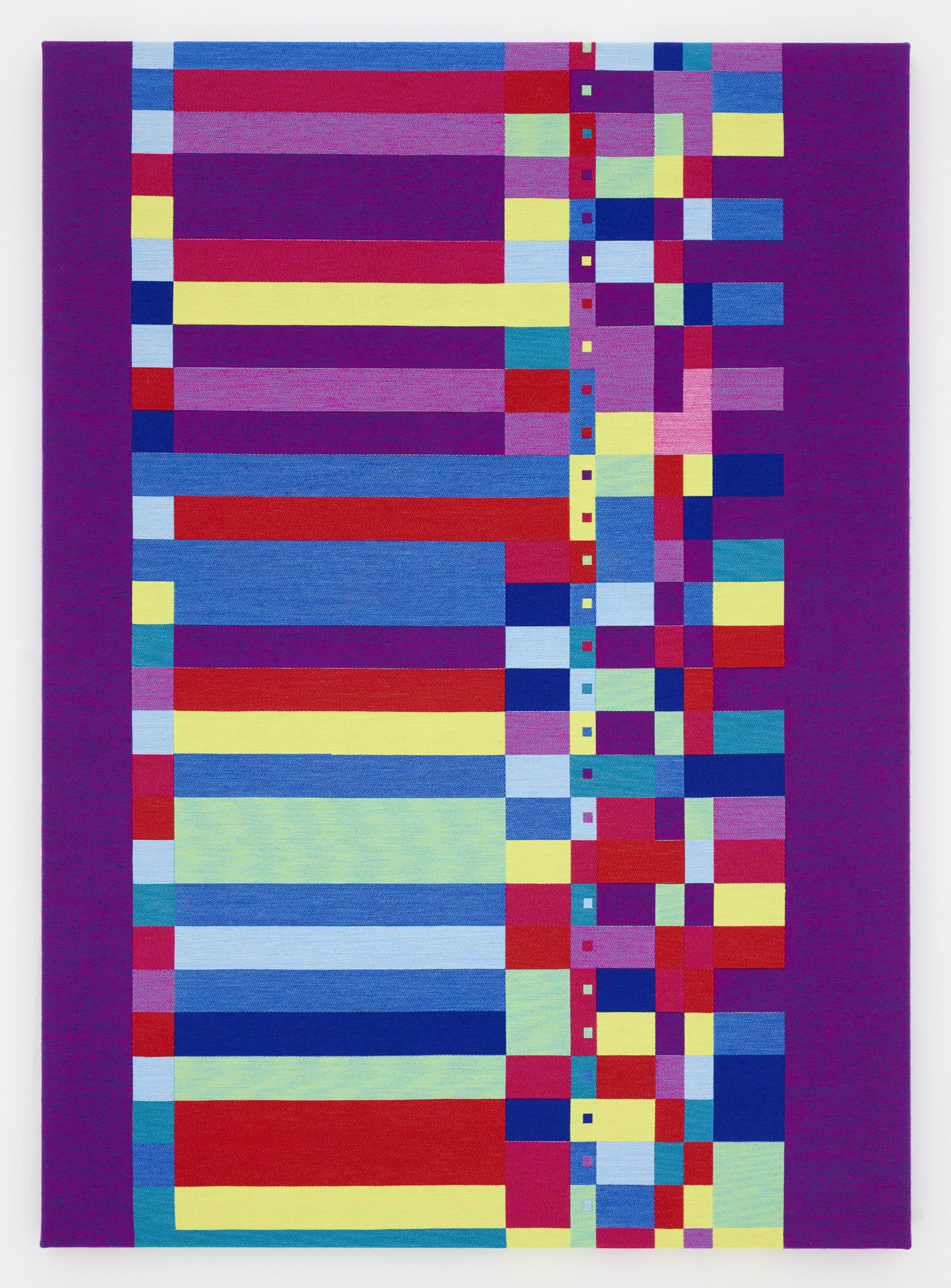
Rafaël Rozendaal, Abstract Browsing 17 03 01 (Pirate Bay), 2017, jacquard weaving, 79 x 57 inches, 200 x 144 cm.
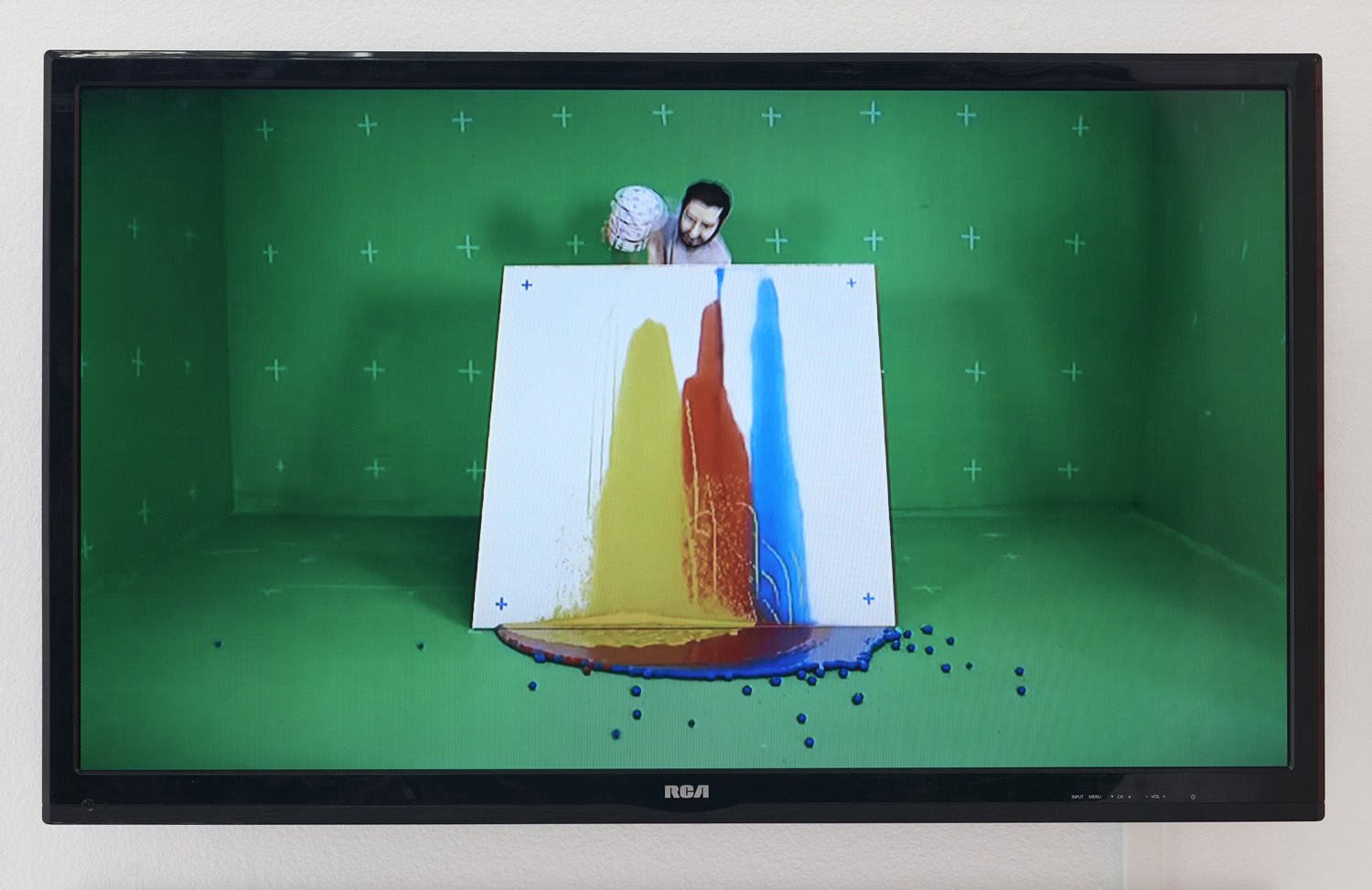
Alan Resnick, Digital Painting, 2011, digital video, 3 minutes, 53 seconds, edition of 5.
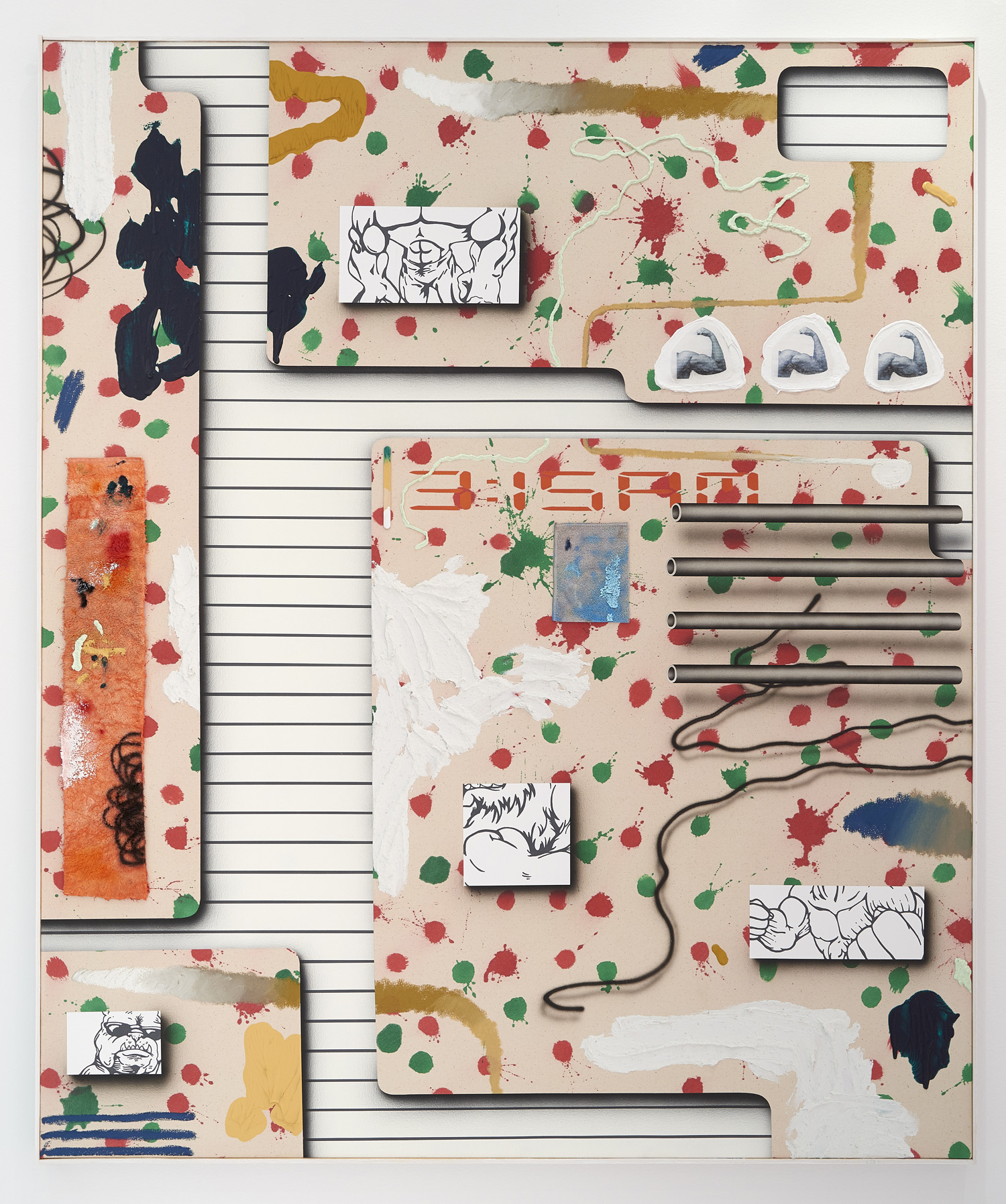
Josh Reames, All I Want, 2018, oil, acrylic, acrylic transfer, popsicle stick, rag, celluclay on canvas, 60 x 50 inches, 152 x 127 cm.
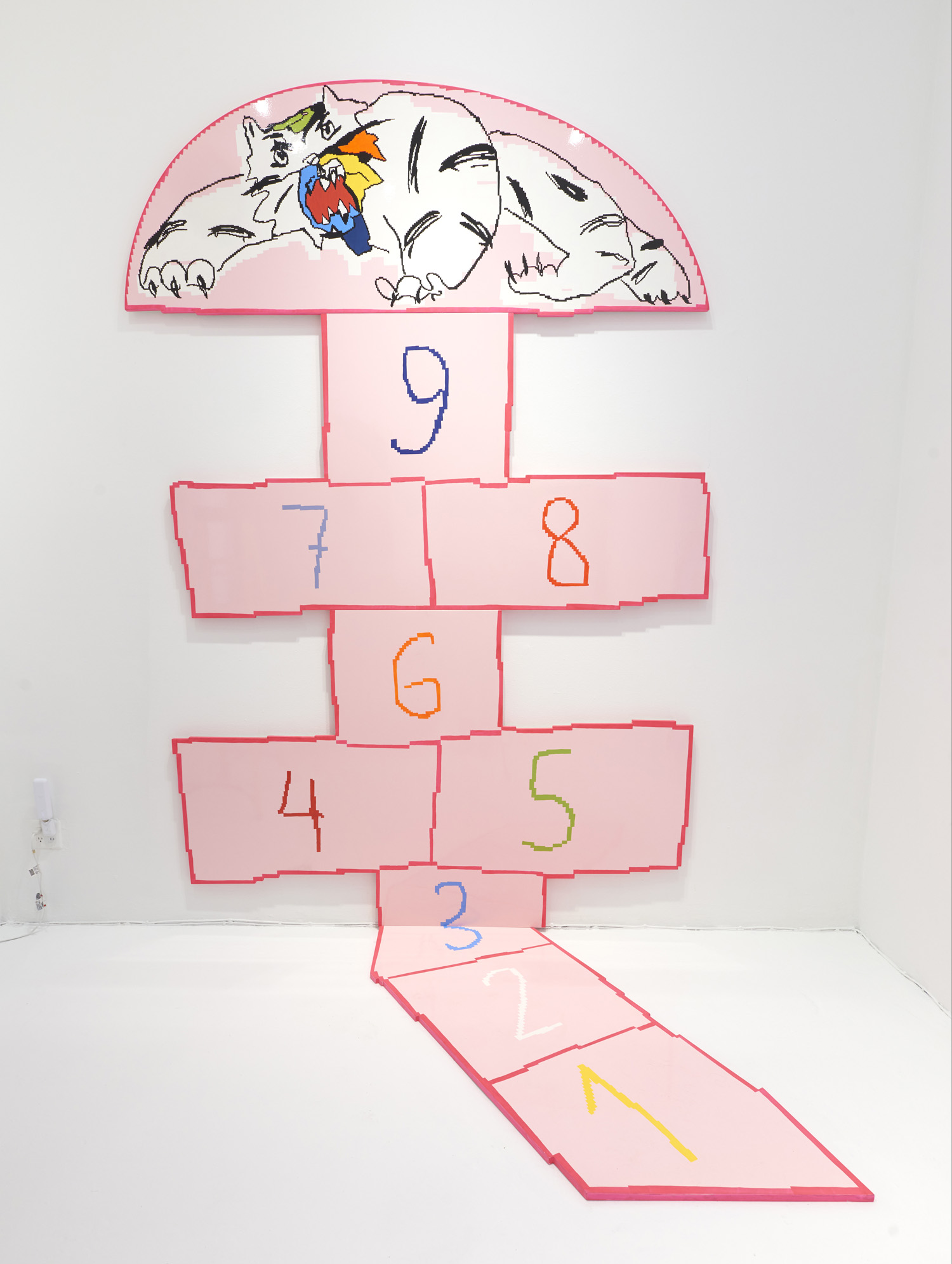
Maja Djordjevic, I will play!, 2018, enamel on PVC foam sheets, 98 x 79 x 59 inches, 250 x 200 x 150 cm.
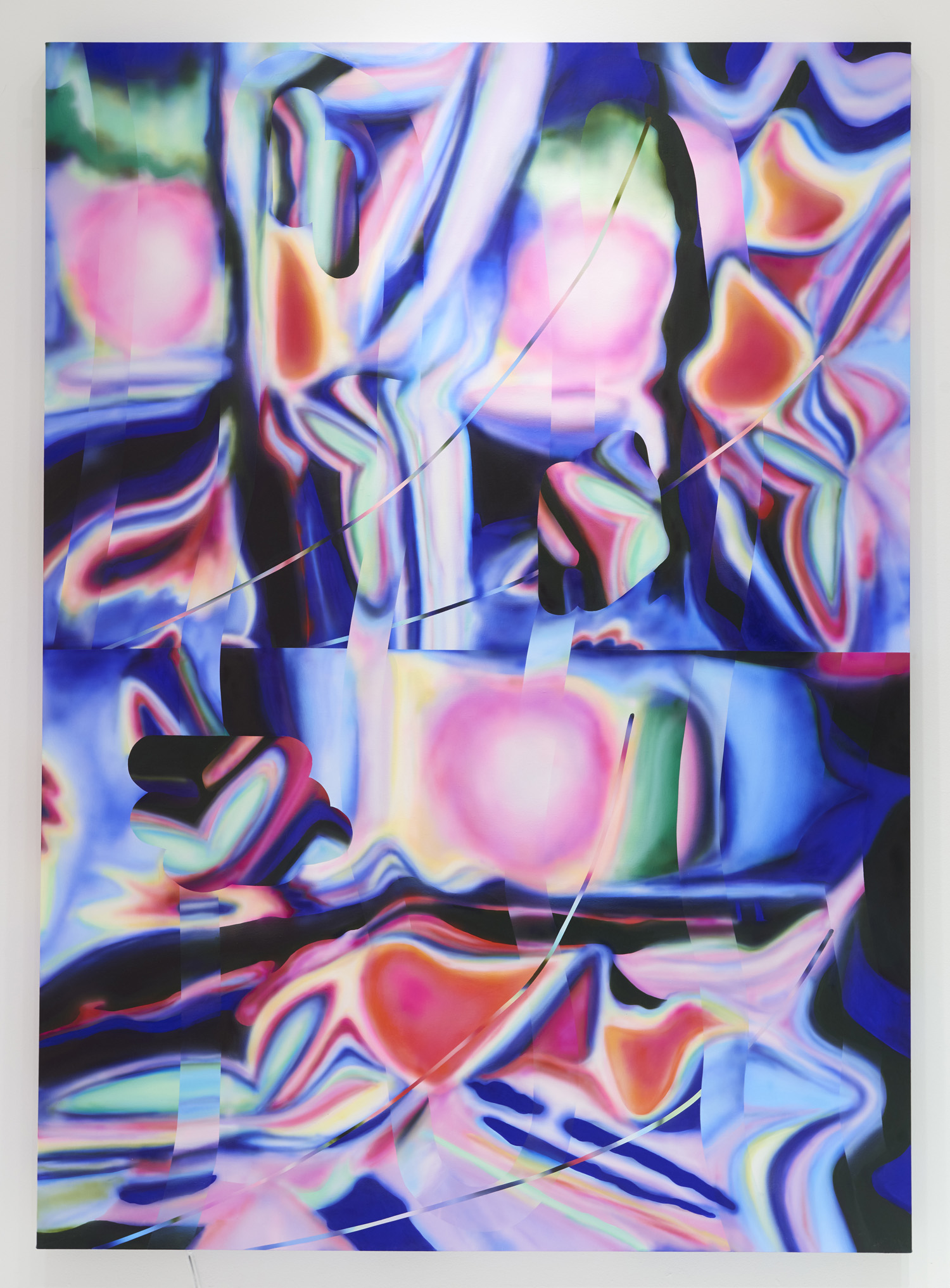
Anne Vieux, +plush+, 2019, acrylic on canvas, 100 x 72 inches, 254 x 183 cm.
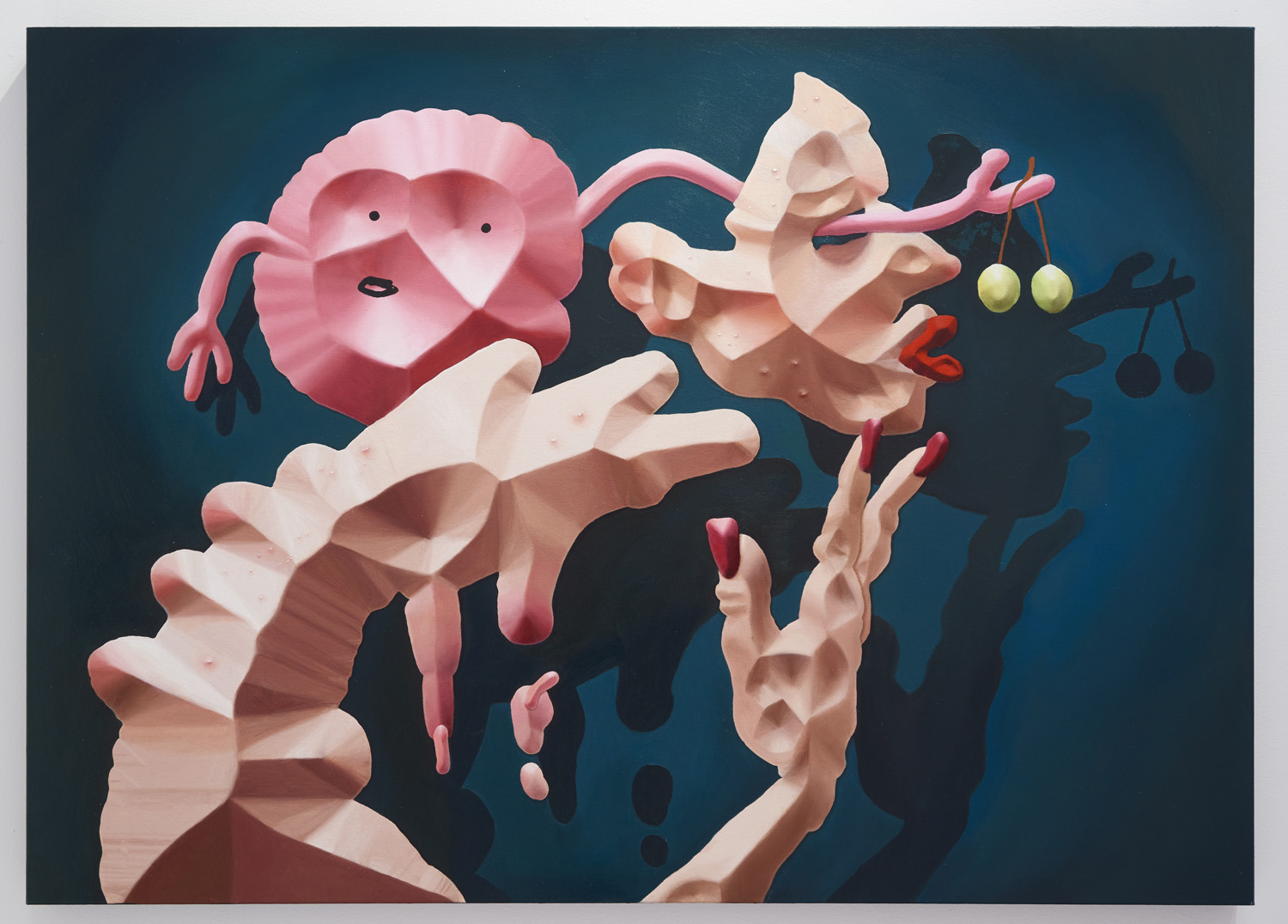
Cathrin Hoffmann, Perpetuum Me, 2018, oil on canvas, 39 x 55 inches, 99 x 140 cm.
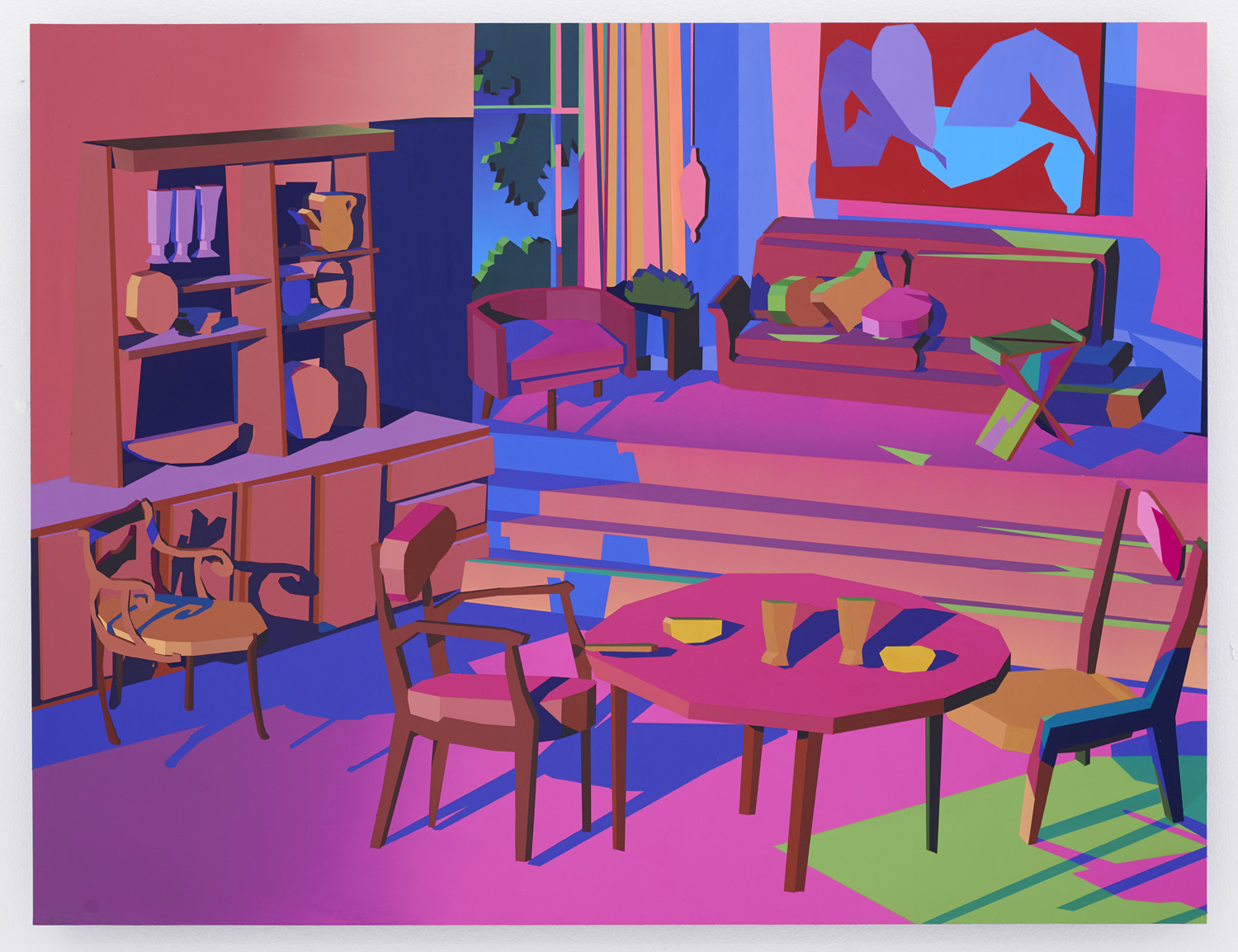
Jonathan Chapline, Sitcom Set, 2019, acrylic and flashe on panel, 36 x 47 inches, 91 x 119 cm.
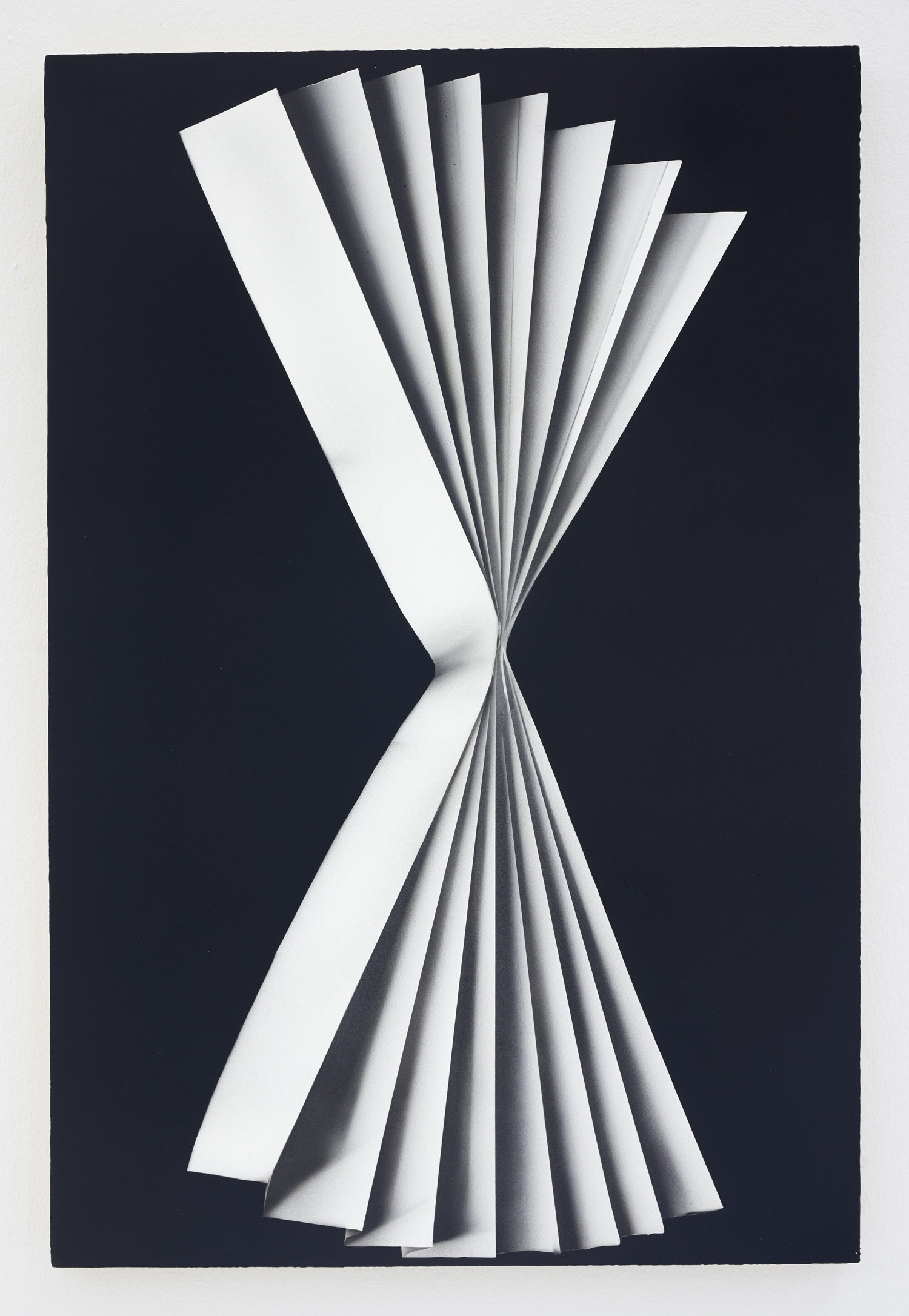
Kara Joslyn, X-Fan, 2018, acrylic and polymer automotive paint on panel, 36 x 24 inches, 91 x 61 cm.
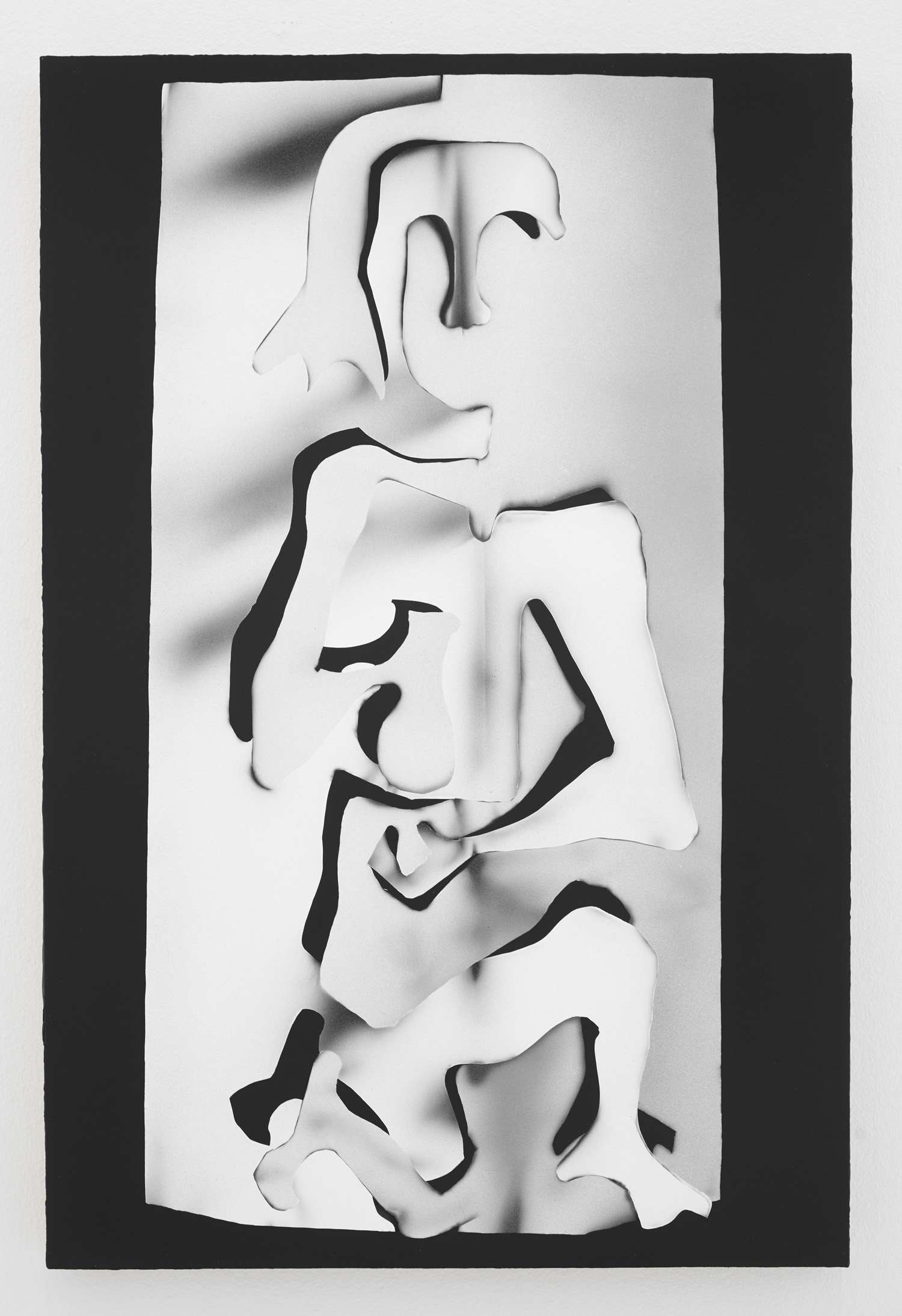
Kara Joslyn, Disappear Here, 2018, acrylic and polymer automotive paint on panel, 36 x 24 inches, 91 x 61 cm.
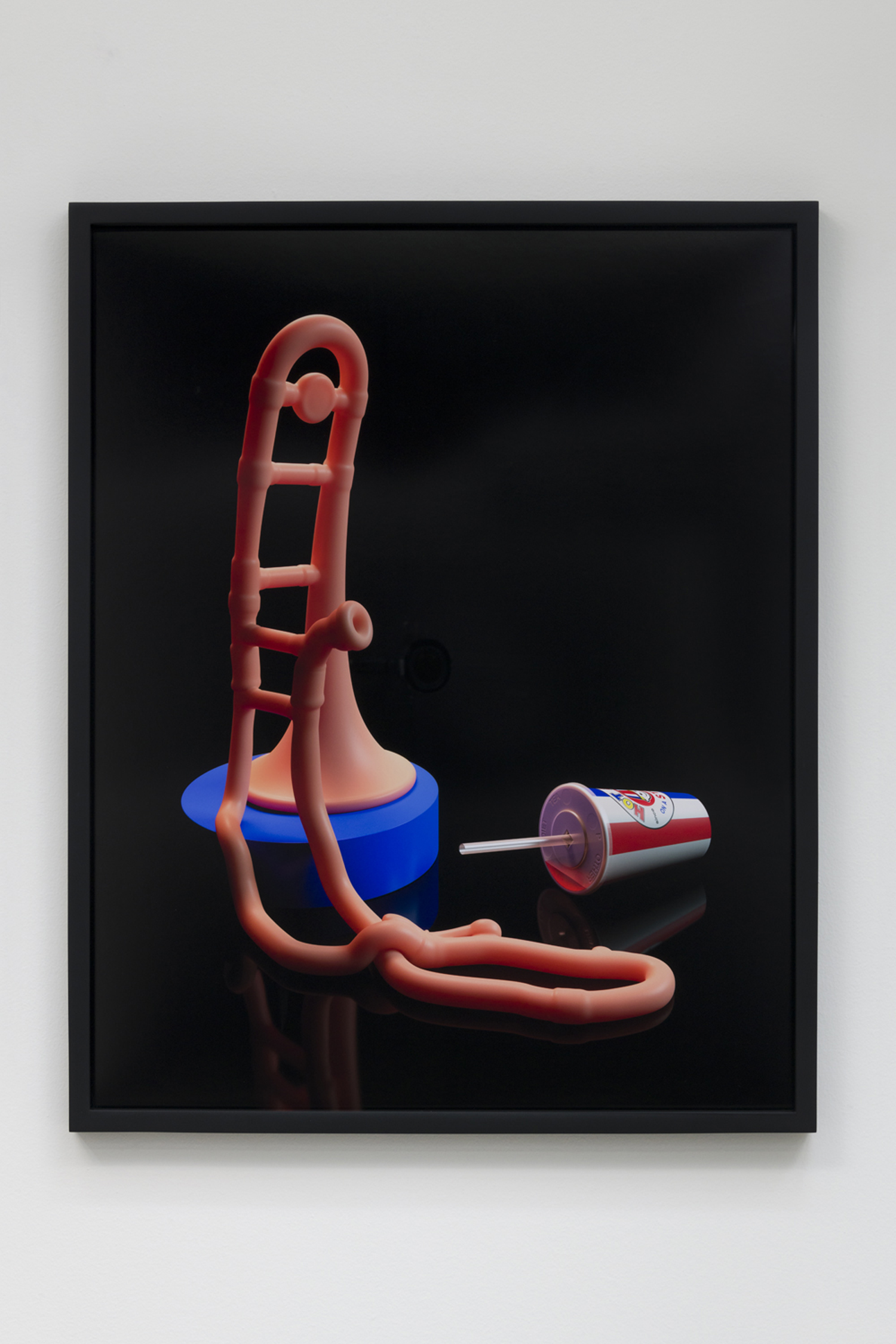
Takeshi Murata, Son of Gumbone, 2017, pigment print (mounted and framed), 30 x 24 inches, 76 x 61 cm. Edition 2/3 + 2AP
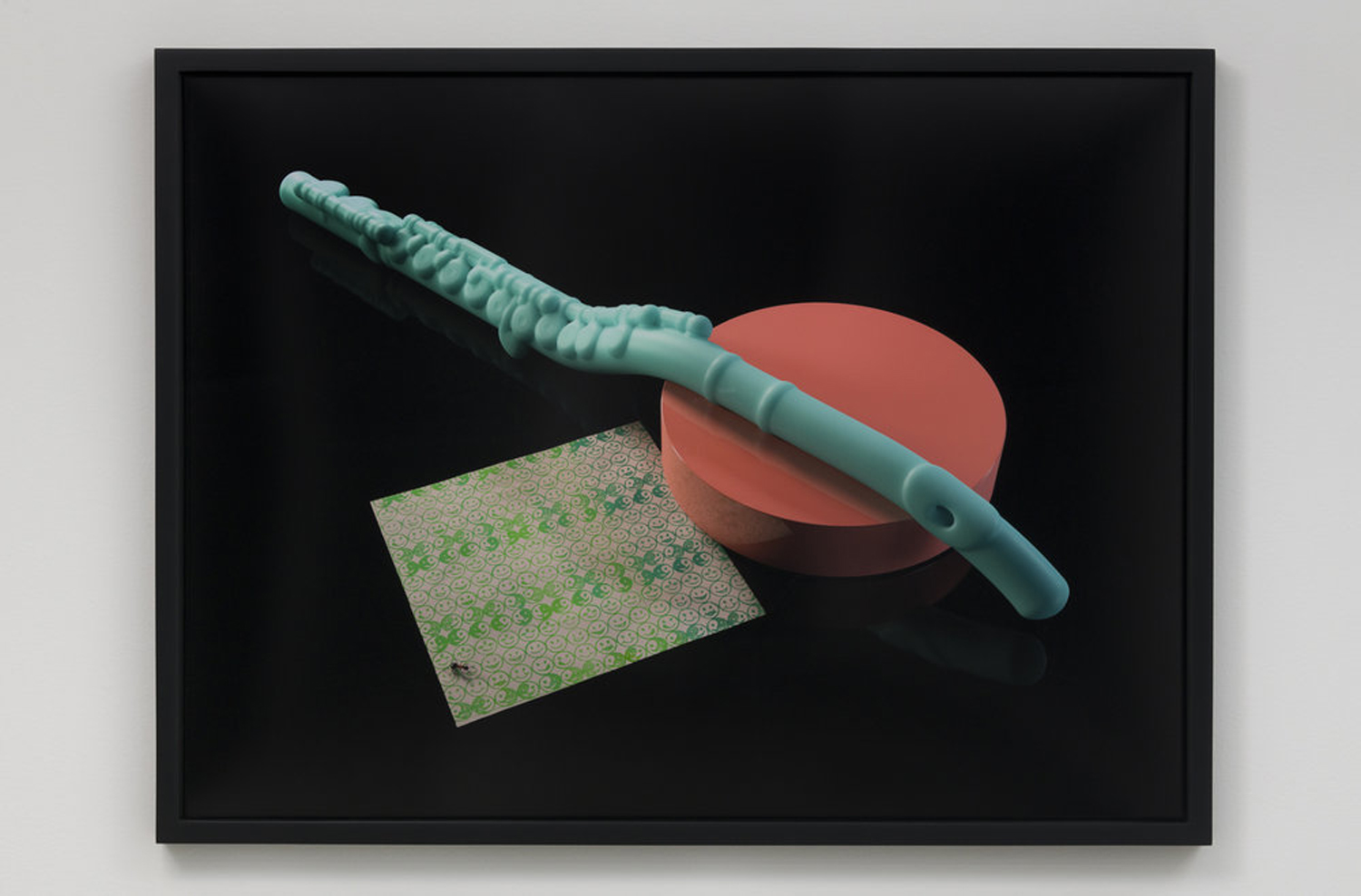
Takeshi Murata, Forbidden Flute, 2017, pigment print (mounted and framed), 24 x 32 inches, 61 x 81 cm. Edition 2/3 + 2AP